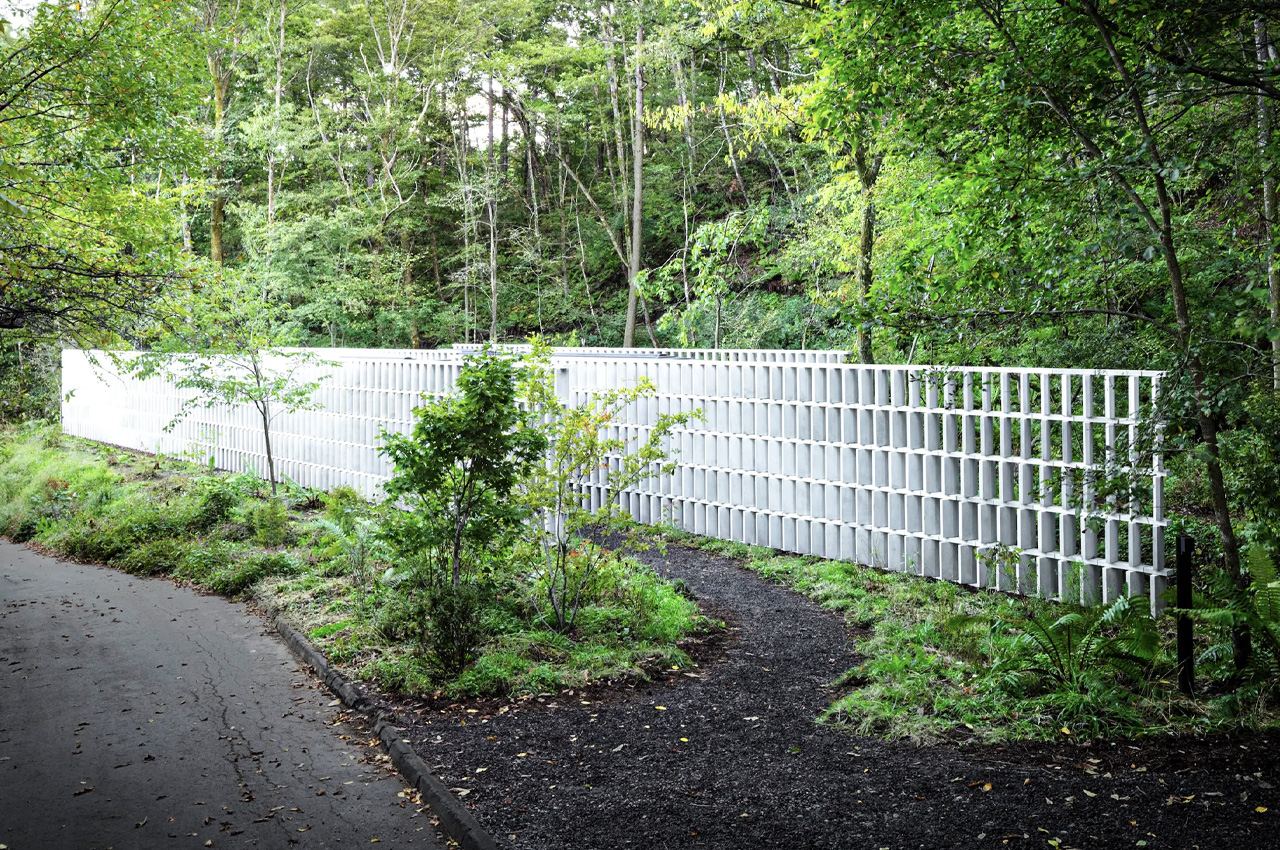
Most of our modern infrastructure and architecture is bad on concrete, and the production of cement used in concrete is one of the biggest causes of worldwide carbon dioxide emissions. This constitutes a serious issue that must be addressed, especially with the current state of our Planet Earth. In this effort, Nendo displays a specimen of a greener and cleaner way to construct and build with its Block-Wall House. The Block-Wall House is partially built using a new concrete that captures carbon dioxide instead of emitting it!
Designer: Nendo & Kajima Corporation
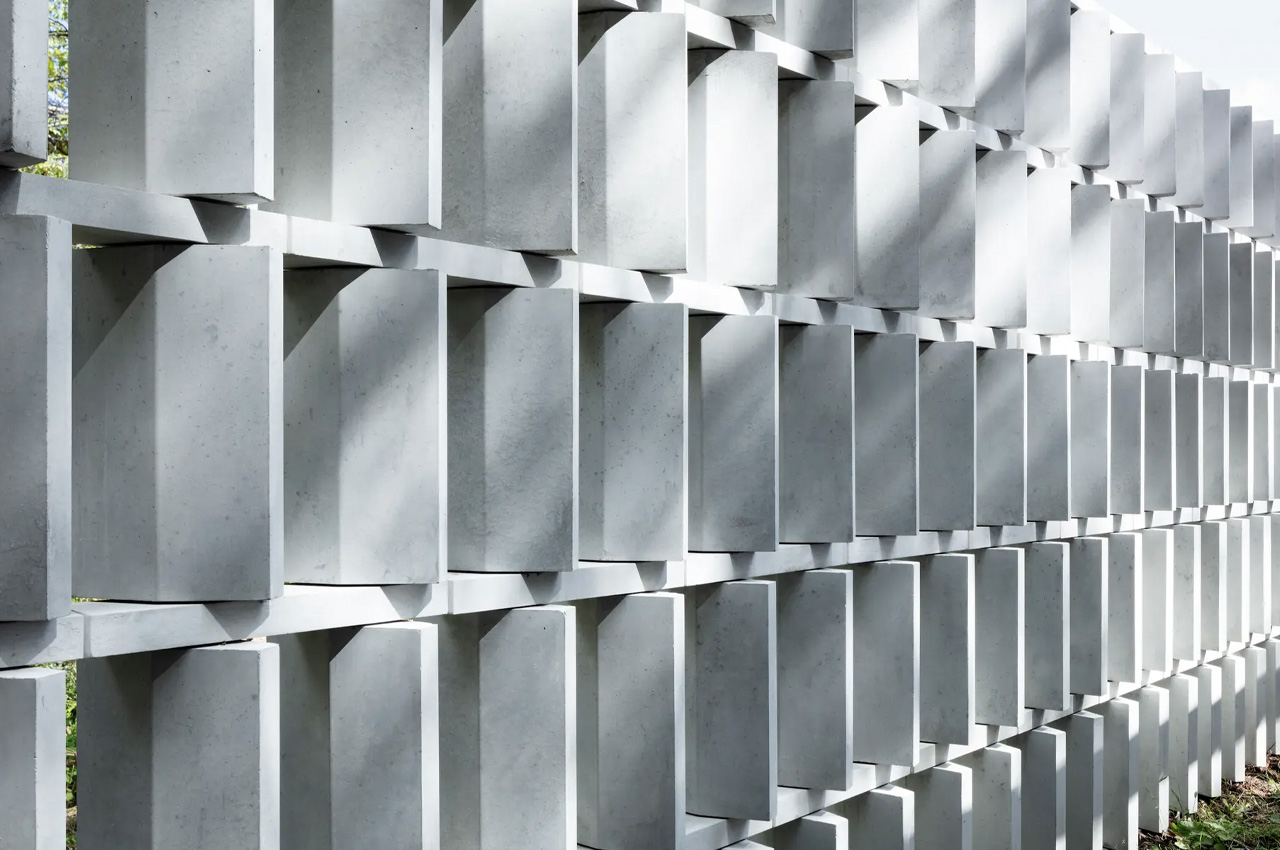

Tucked away in Japan’s Nagano Prefecture, the Block-Wall House is located next to a rural road. The house features a lot of glazing, to offer privacy against pedestrians and passing vehicles. The home is equipped with an angled screen which lets residents look out but makes it quite difficult for a passerby to glance inside. This screen is made using 2000 blocks which have been arranged in parallel rows to form five walls, with a length of 360 feet. This screen is made from the aforementioned sustainable and novel concrete!
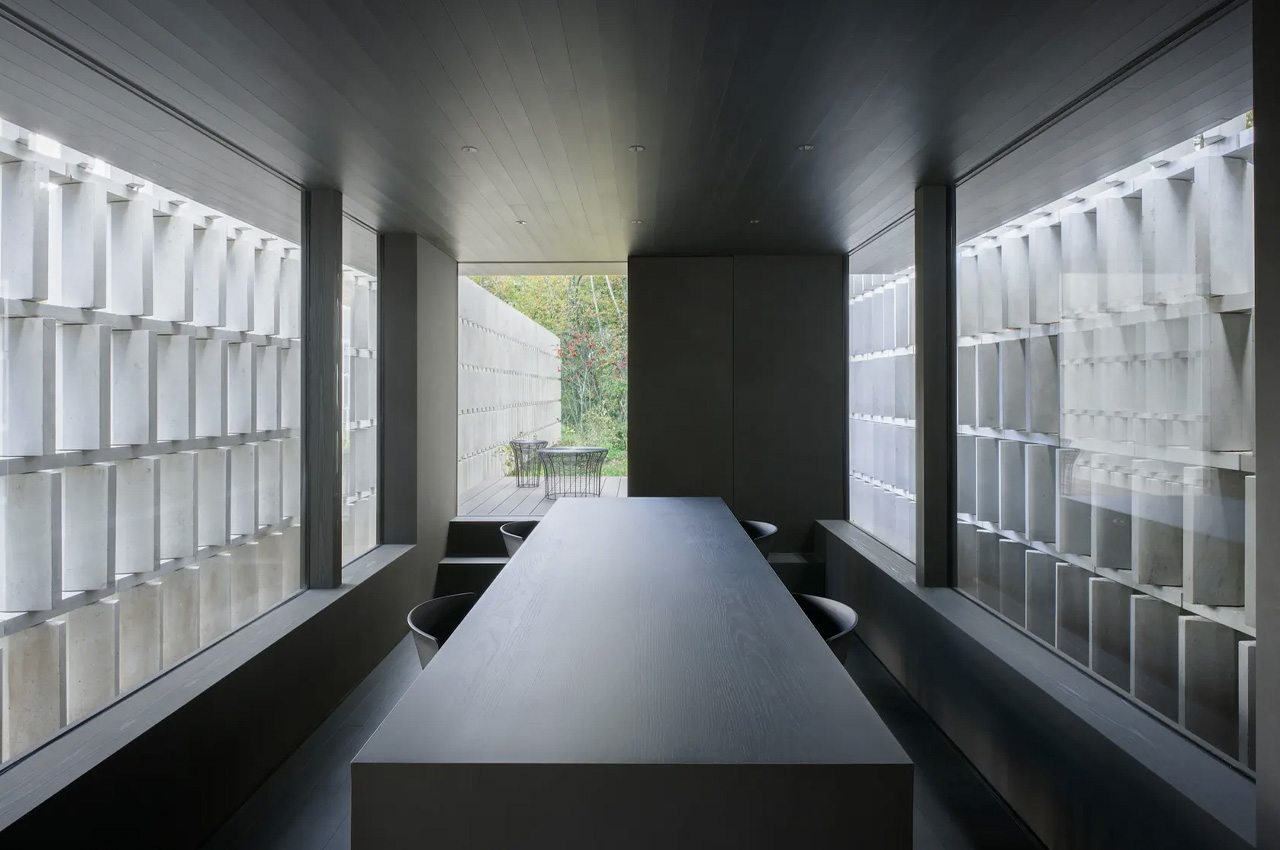
This newly developed concrete is made by the Kajima Corporation in collaboration with the Chugoku Electric Power Co, Denka, and Landes Co. The concrete is named CO2-SUICOM, and for its production, a special cement mixture is placed in a curing chamber, and carbon dioxide is pumped into the chamber for absorption. This absorbed CO2 gets stuck inside the concrete and is not released. It is as strong as regular concrete!
“Generally, concrete hardens through a chemical reaction between cement and water,” explains Kajima Corporation. “But with CO2-SUICOM, over half the cement is replaced with a material we call γ-C2S. Instead of reacting with water, γ-C2S reacts with the CO2 in the air to harden. After mixing the materials needed to create CO2-SUICOM, the concrete can be placed in a location with high CO2 levels so it can capture the CO2 and harden, trapping the gas inside. For example, a thermal power plant or other facility that produces carbon-heavy exhaust gases can redirect the gases into a carbon sequestration chamber, where concrete products made with CO2-SUICOM can be placed to capture the CO2 in the gases.”
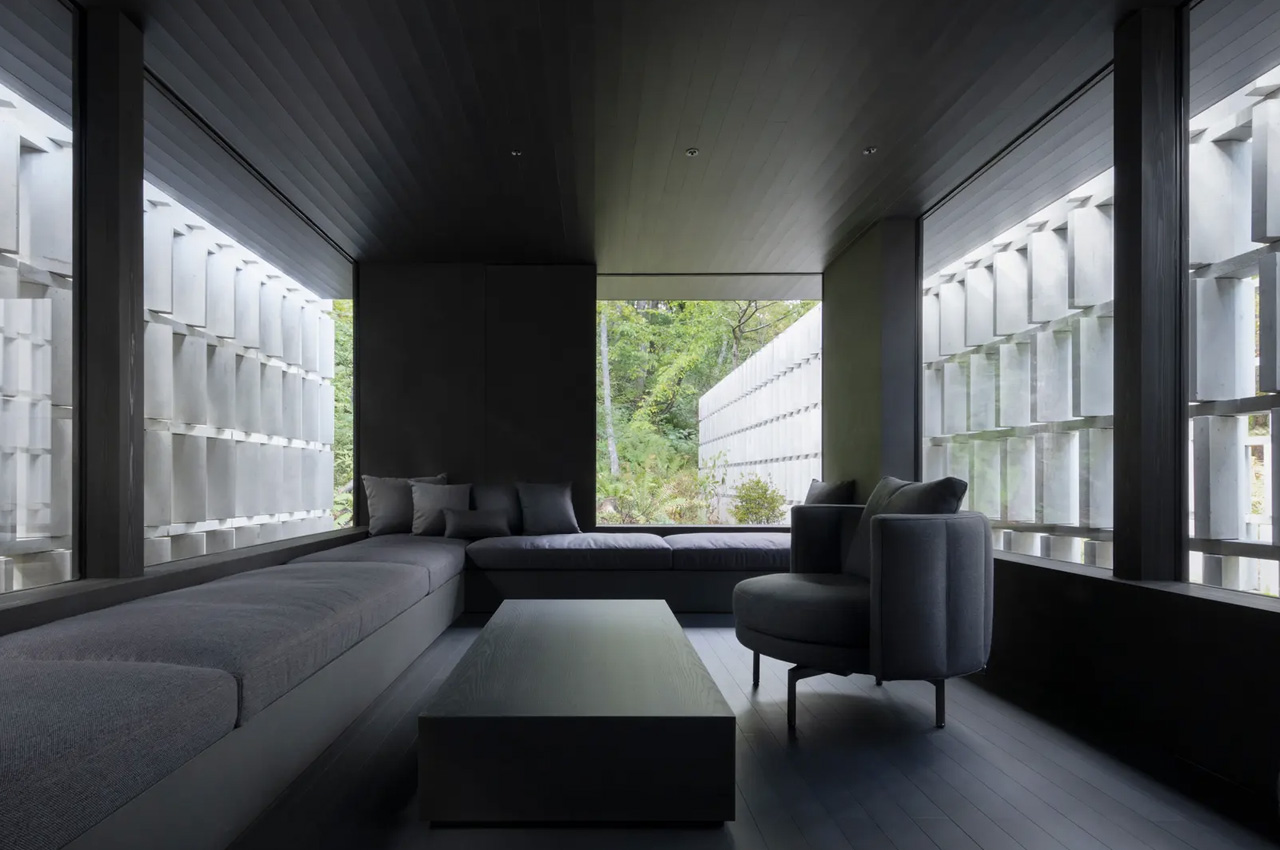
Currently, the price of producing CO2-SIUCOM concrete is about three times higher than usual concrete in Japan. Hence, work is being done to bring down the price, and Kajima Corporation believes that the concrete will become more economical in the future.
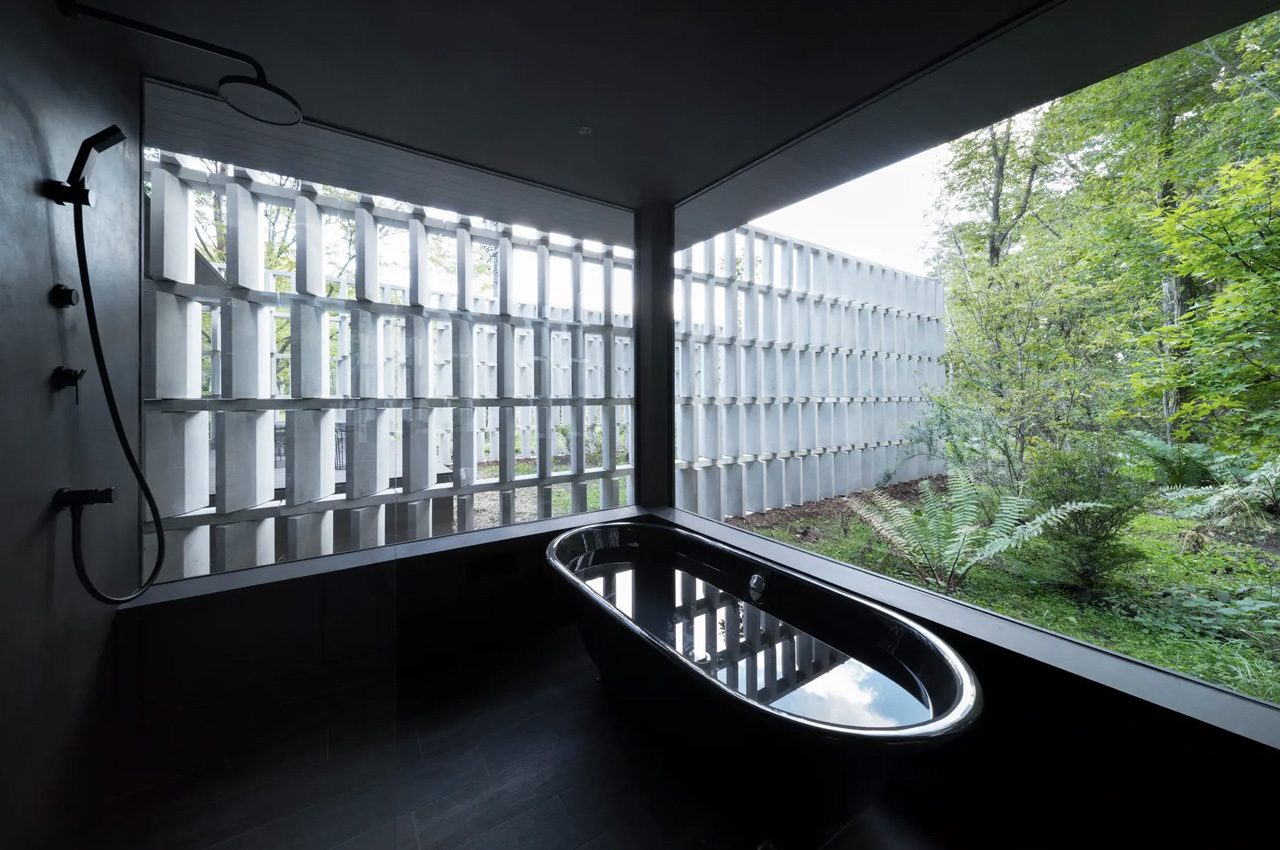
The post Nendo Installs A Carbon-Capturing Wall In A Contemporary Japanese Home first appeared on Yanko Design.








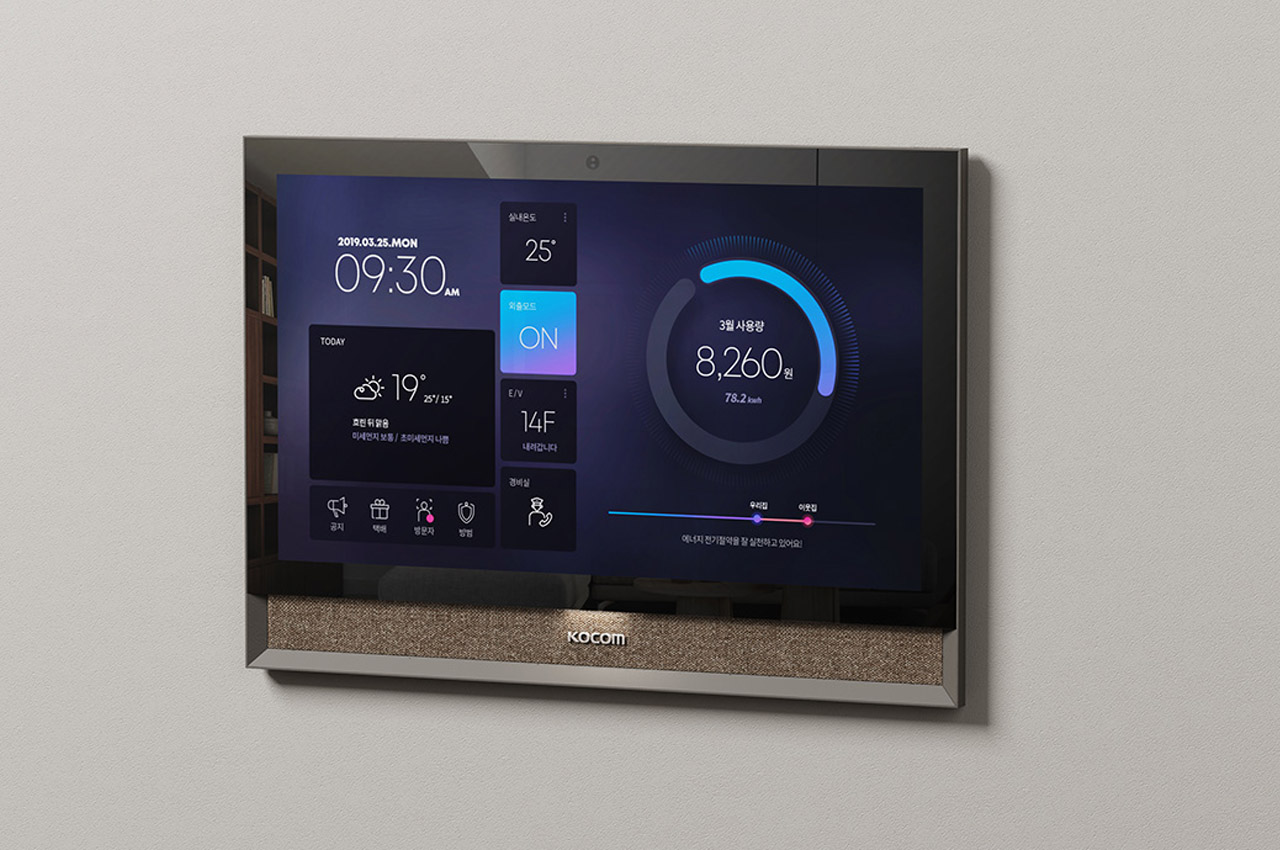
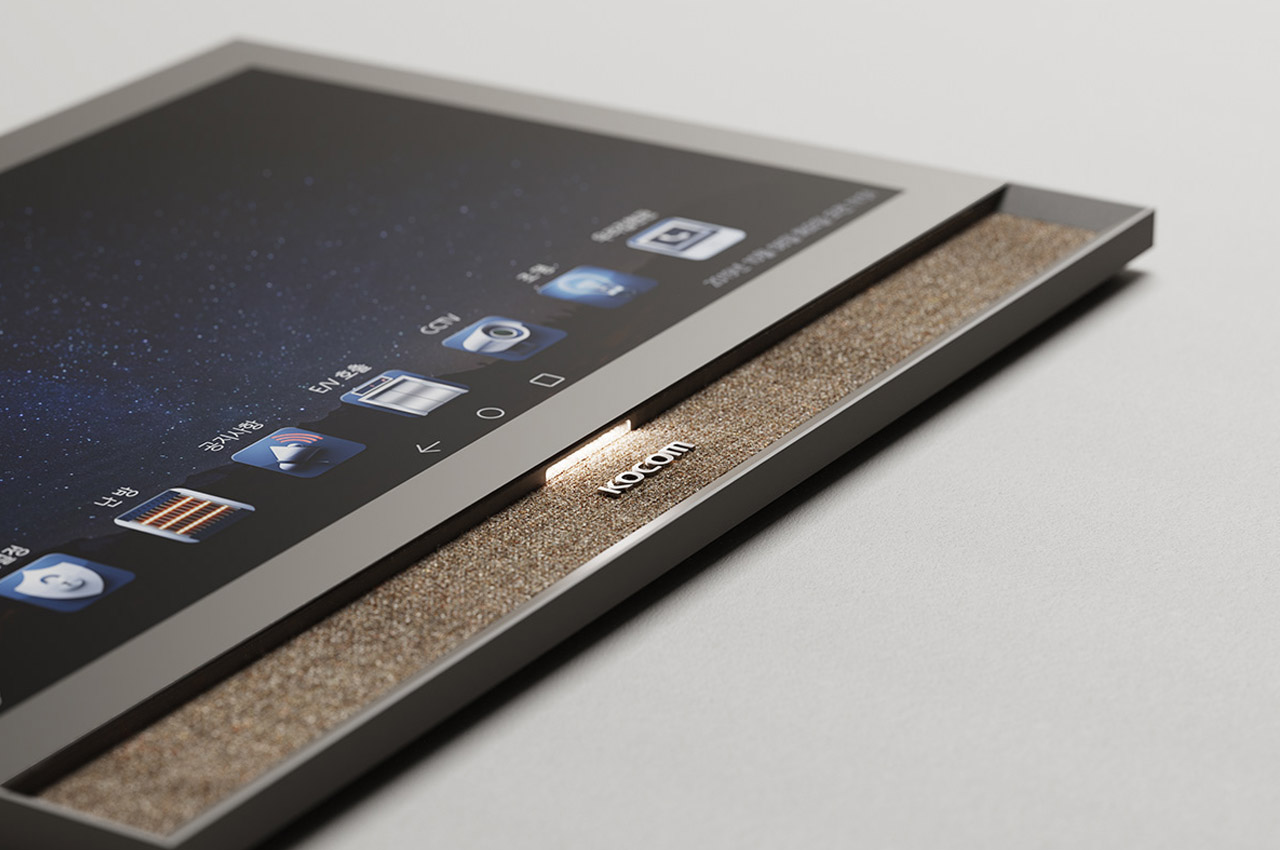
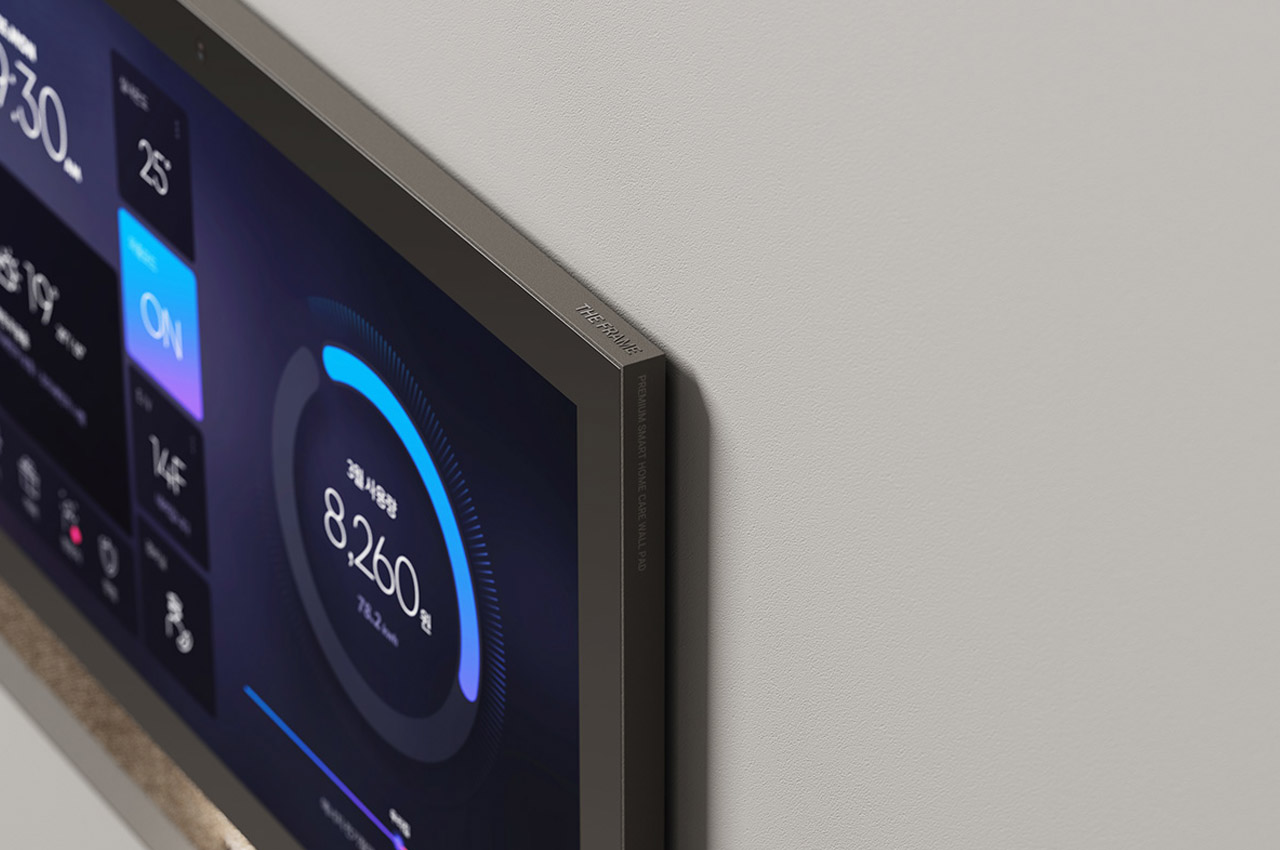
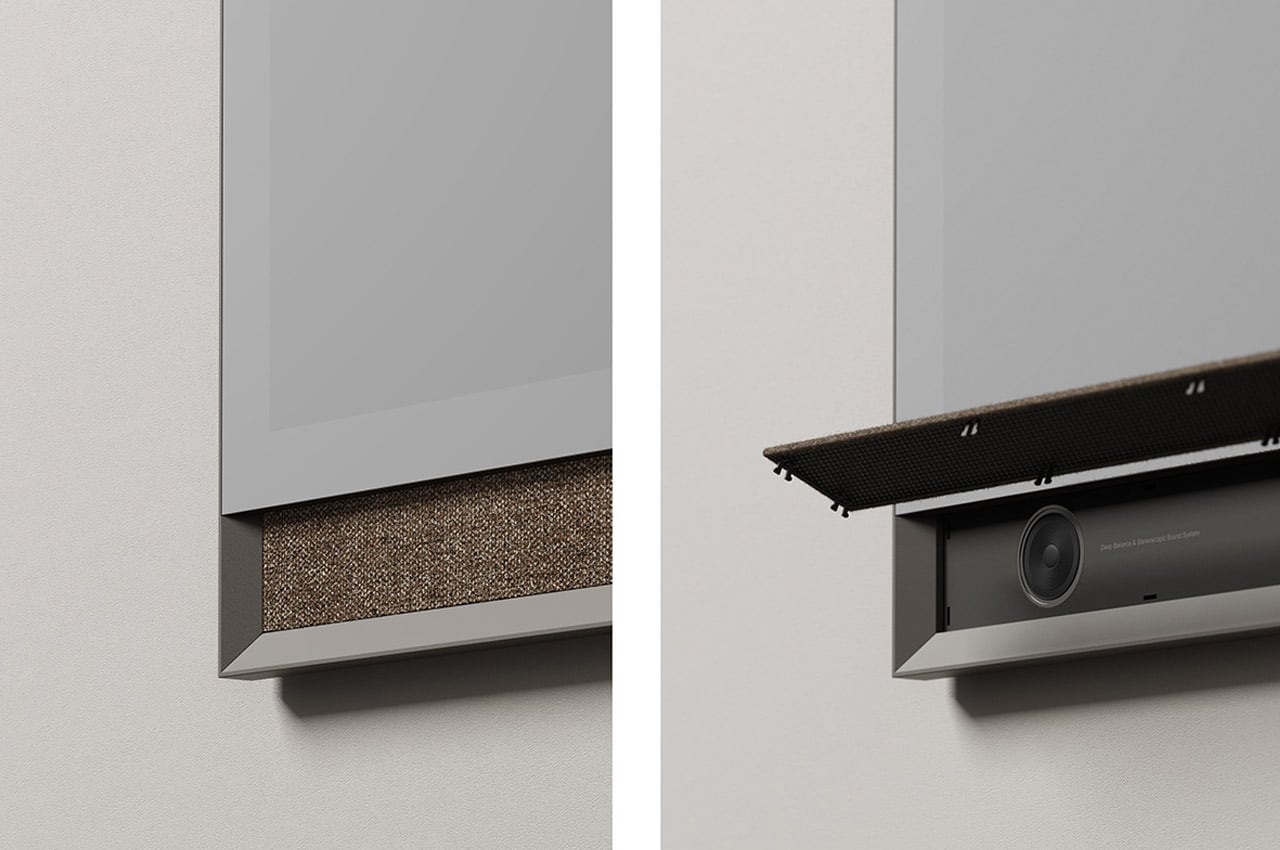

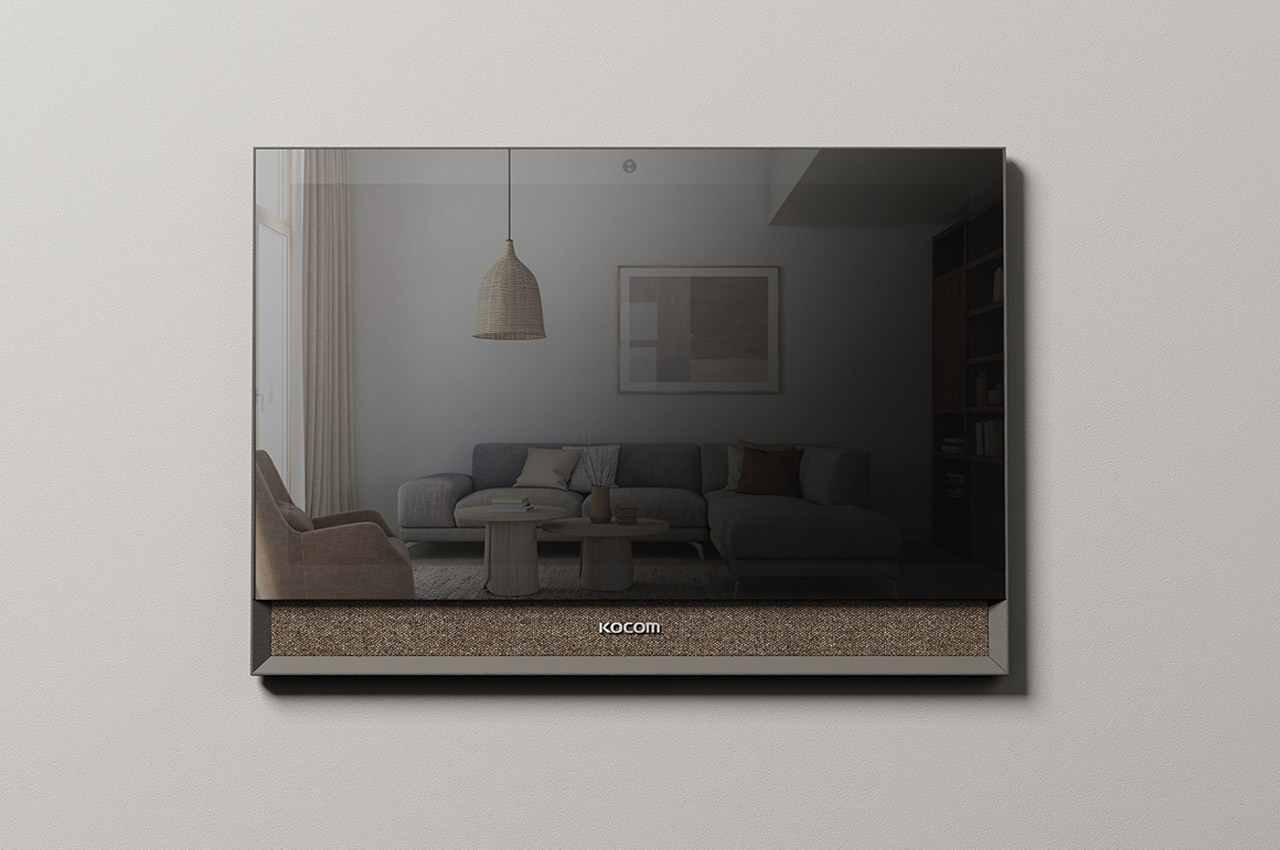
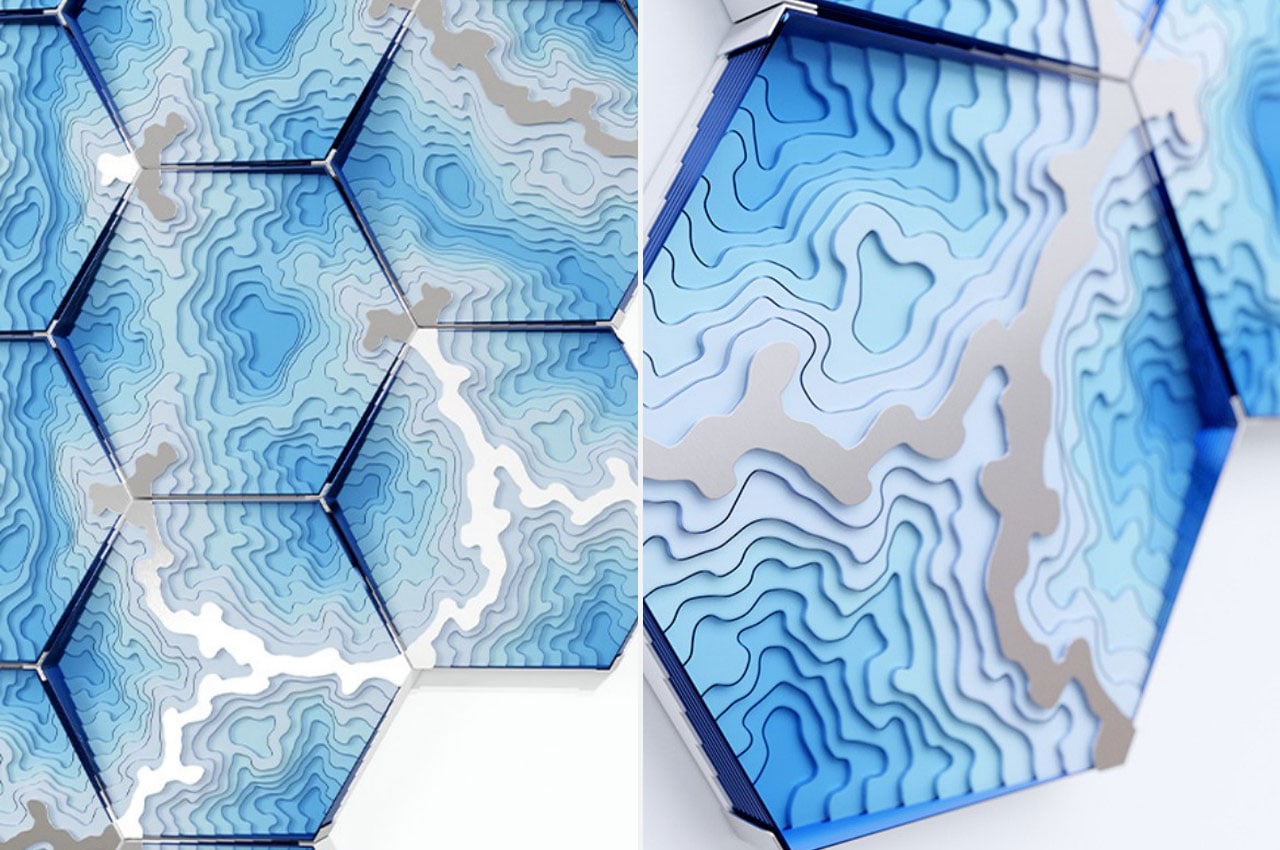
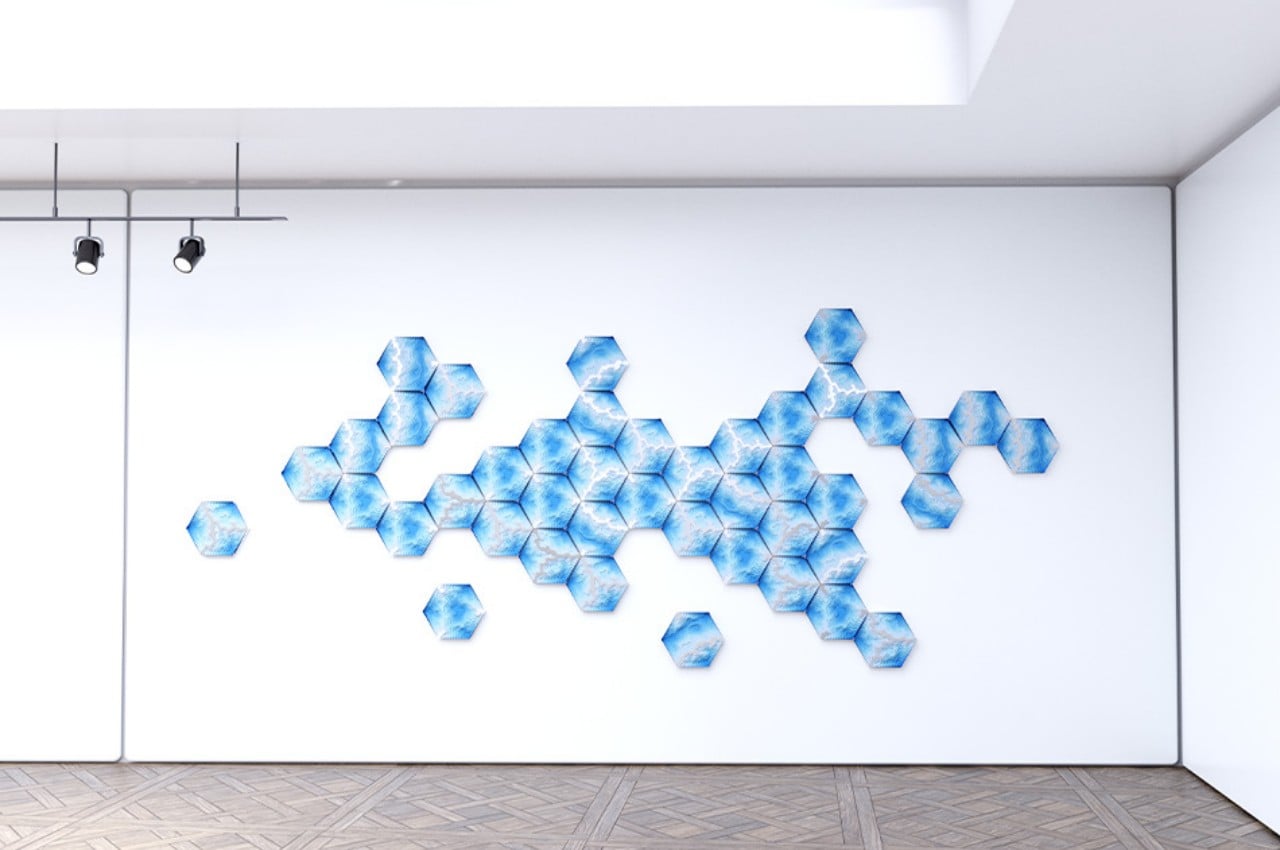
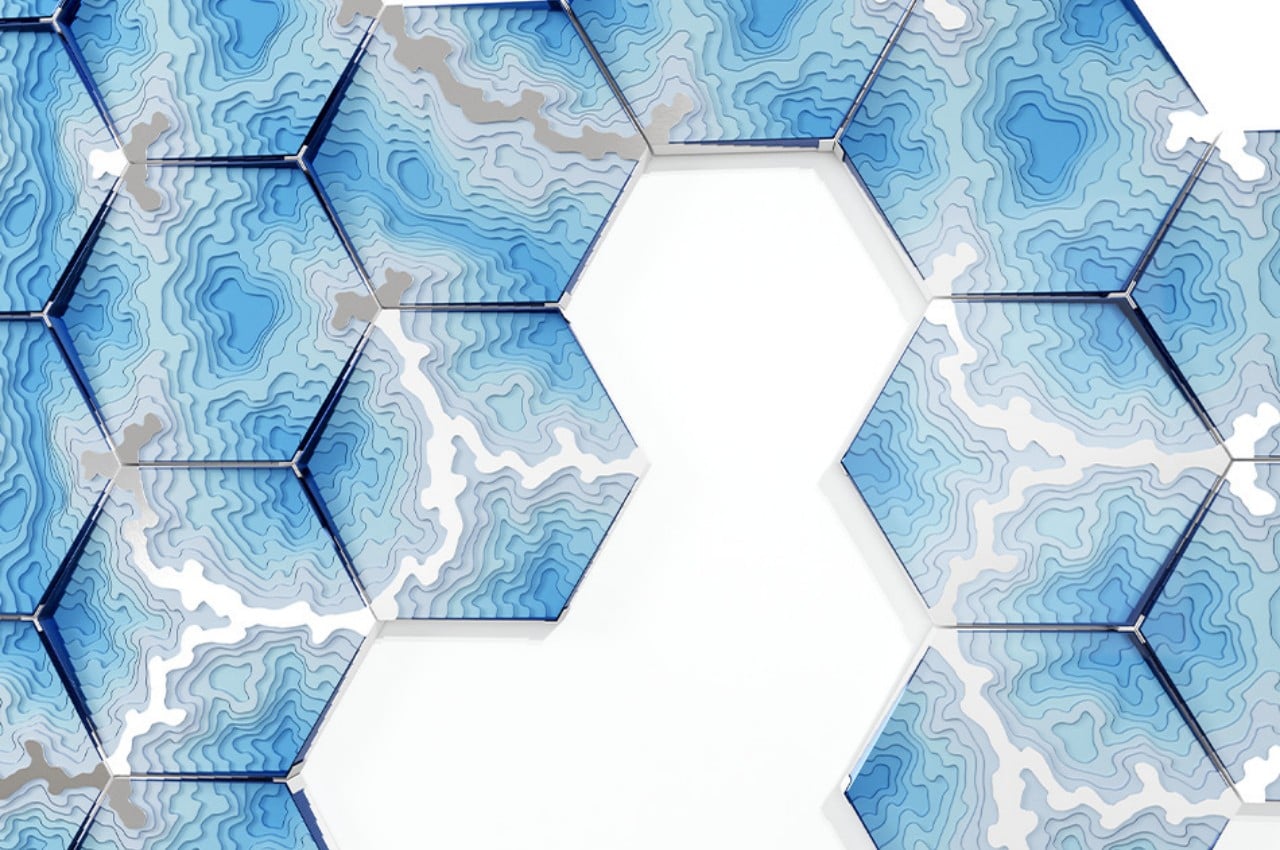
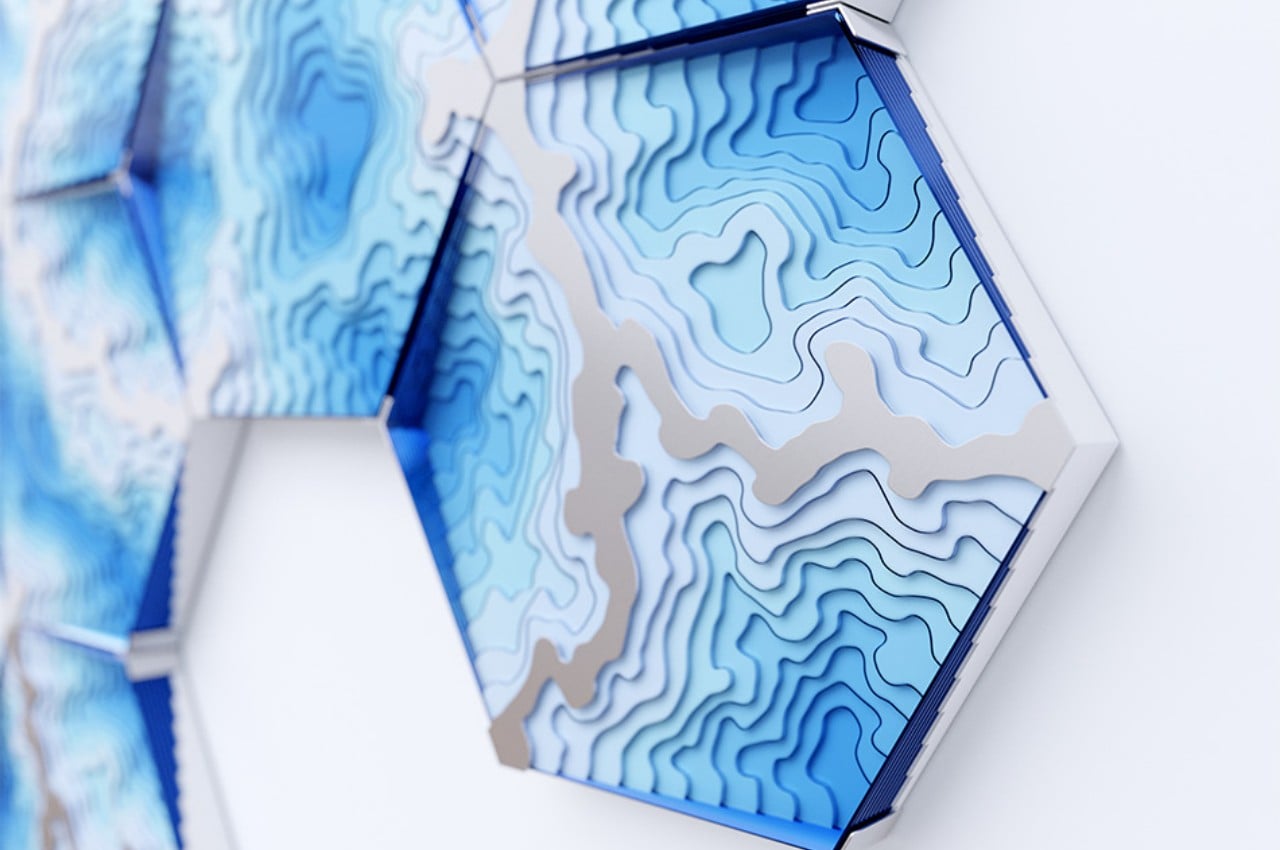
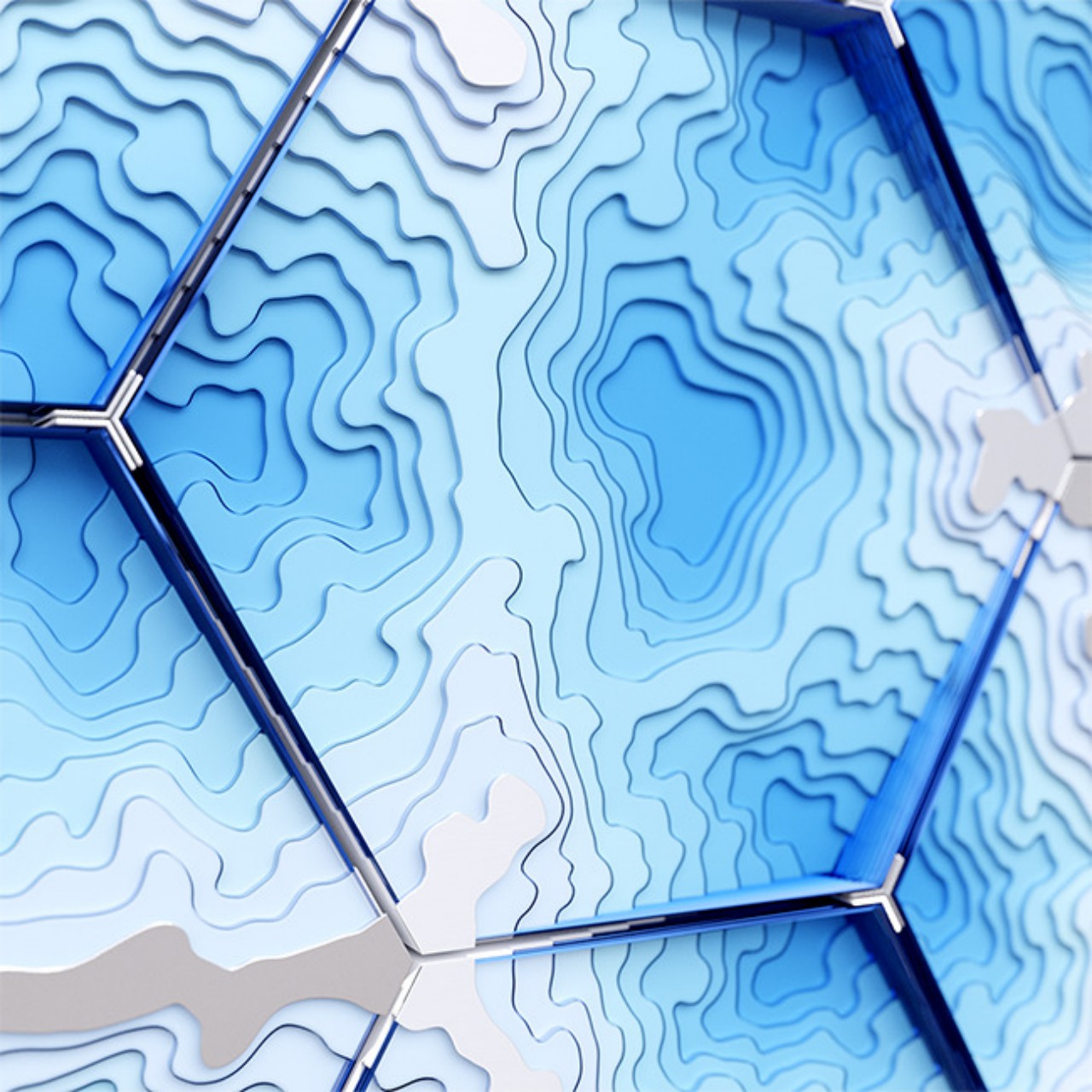
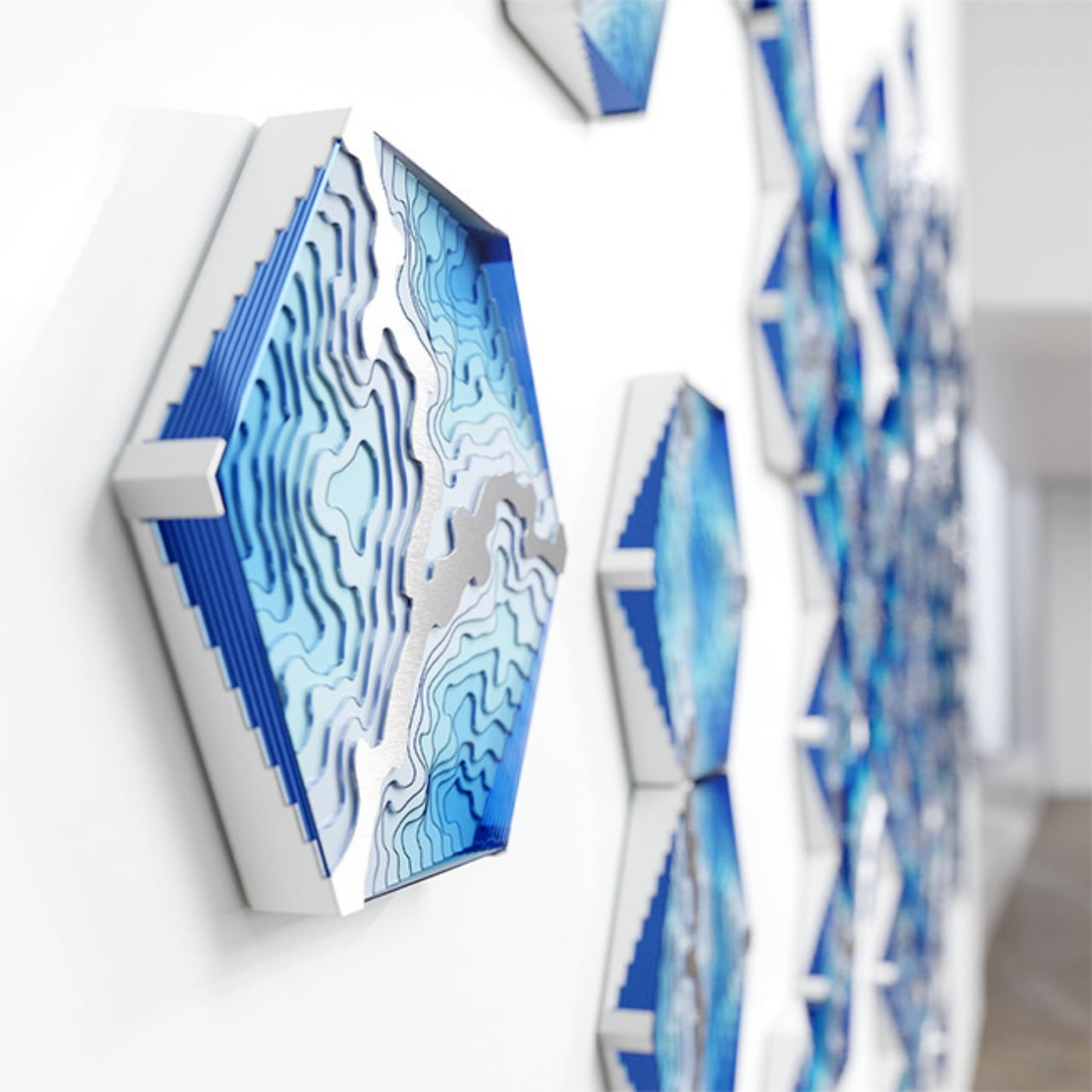
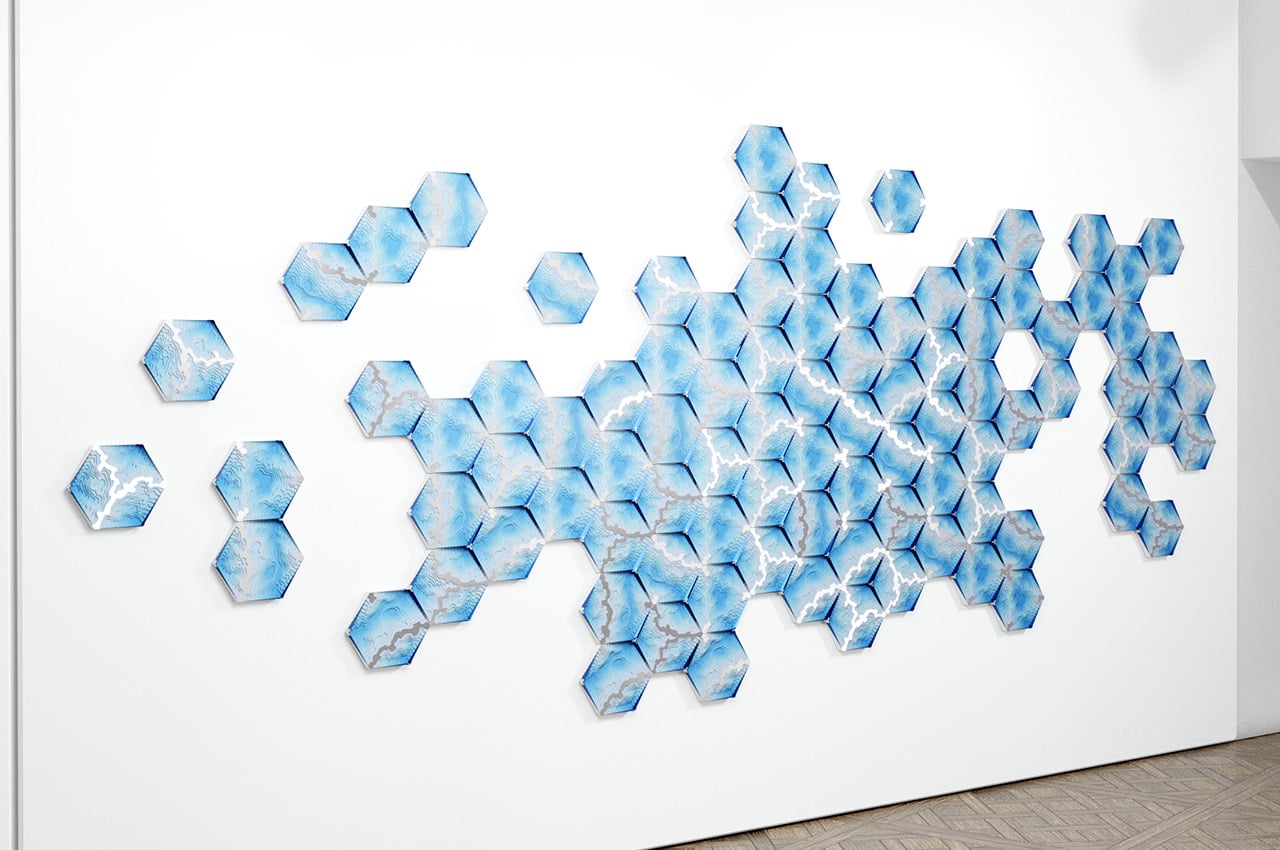
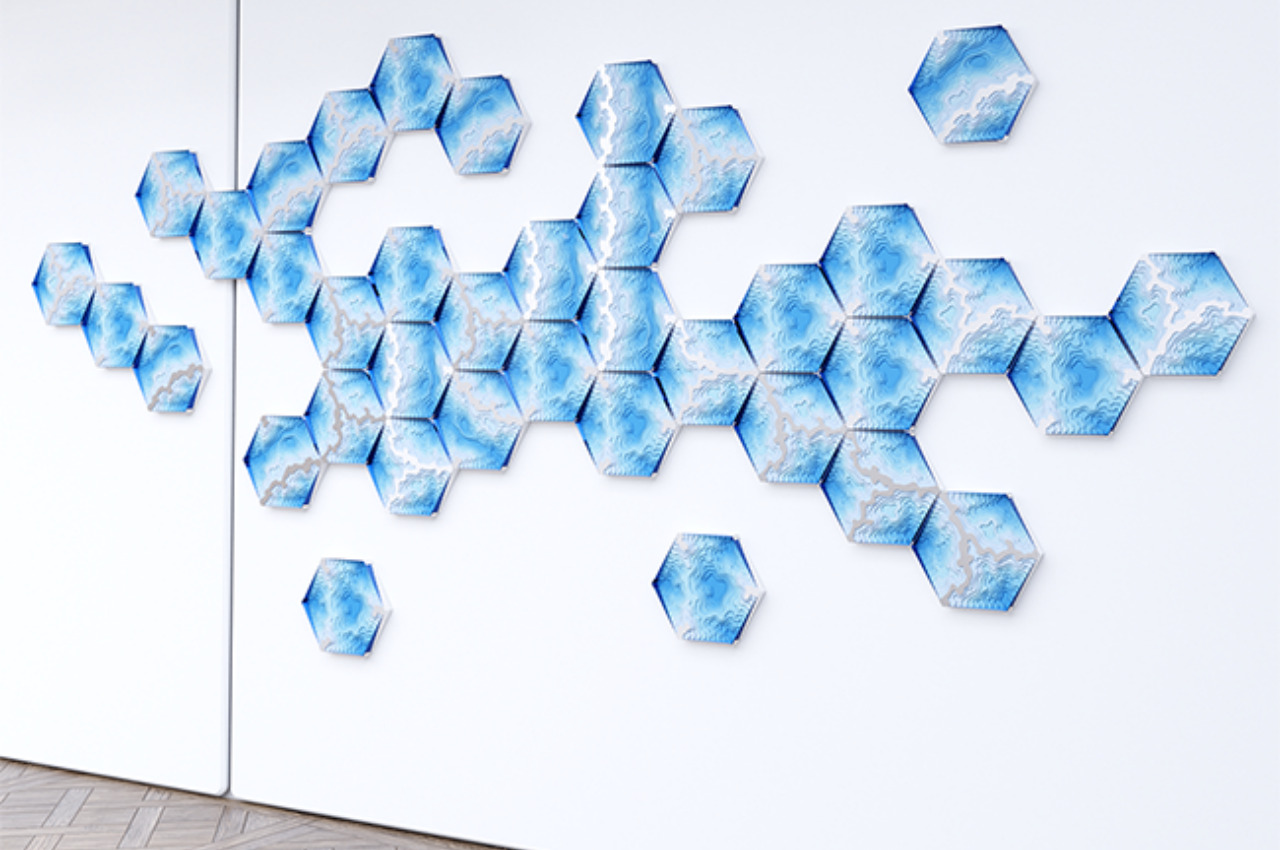
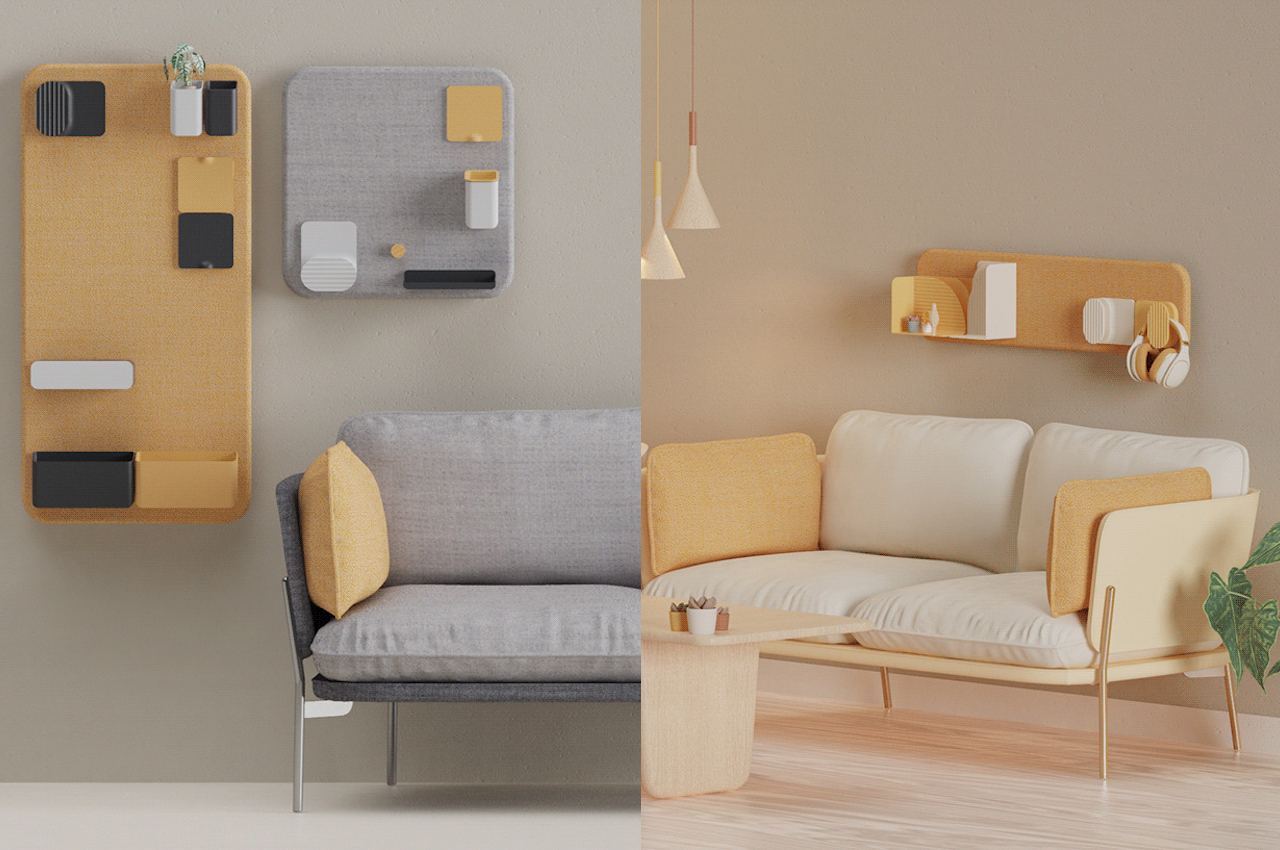
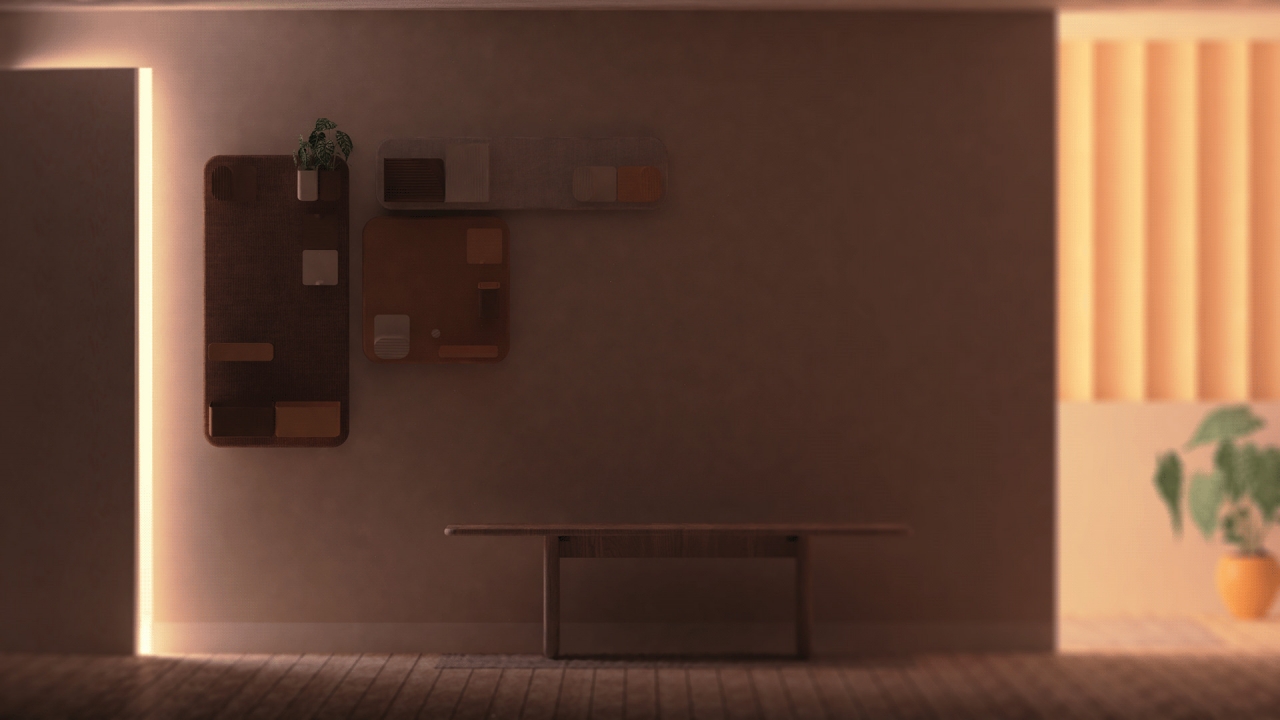
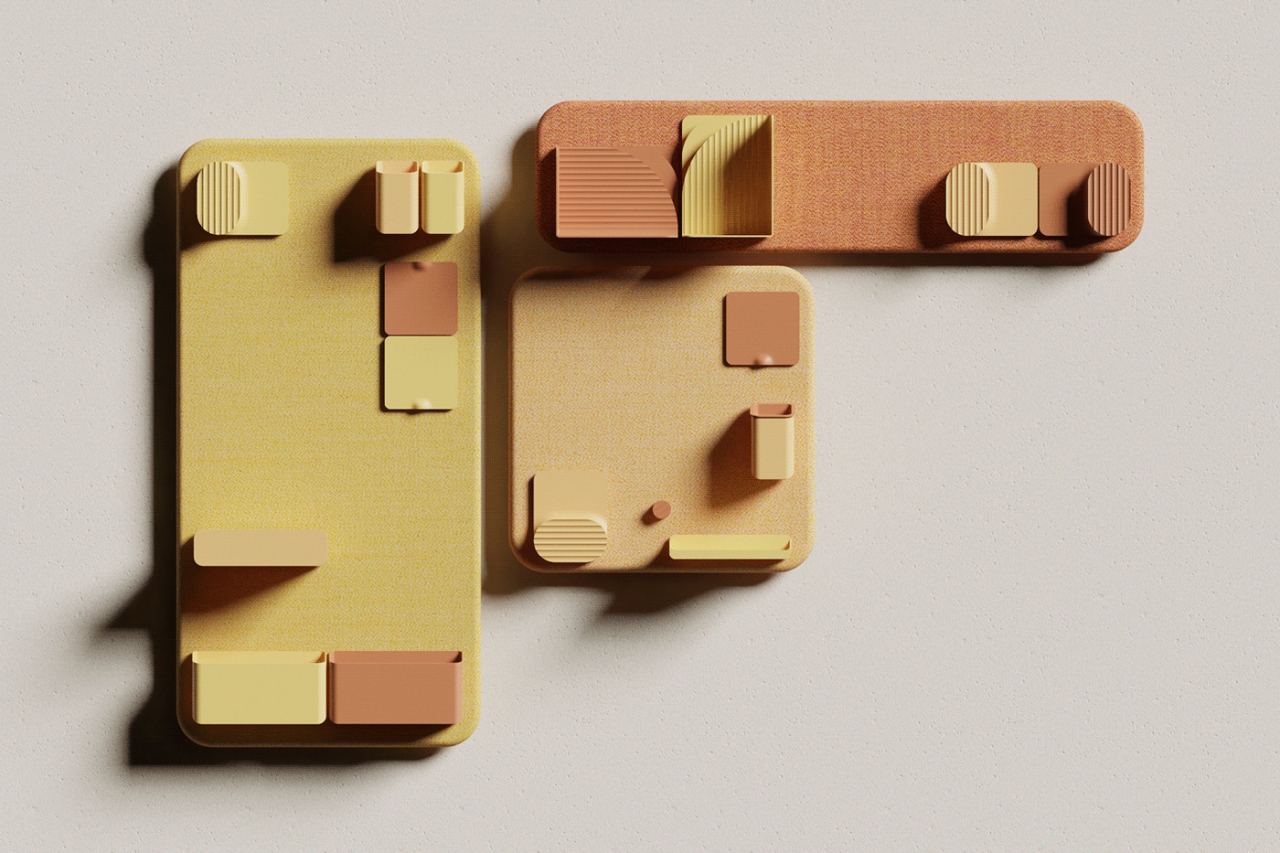
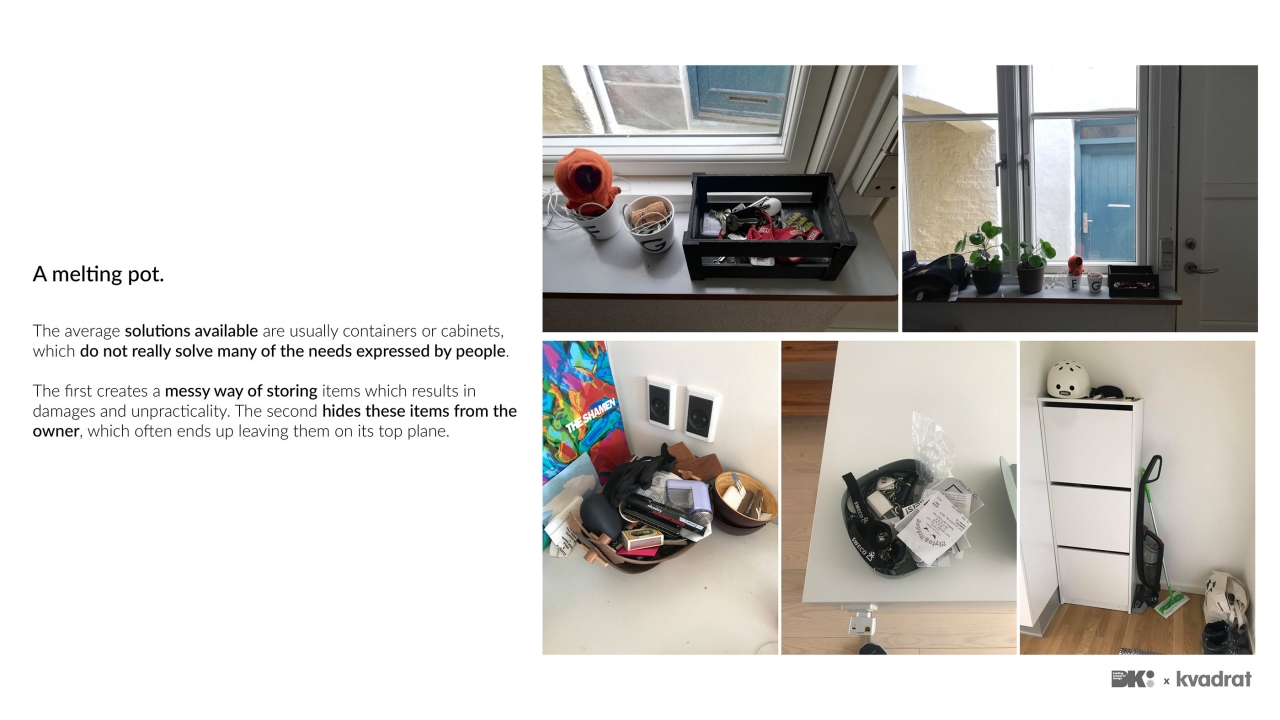
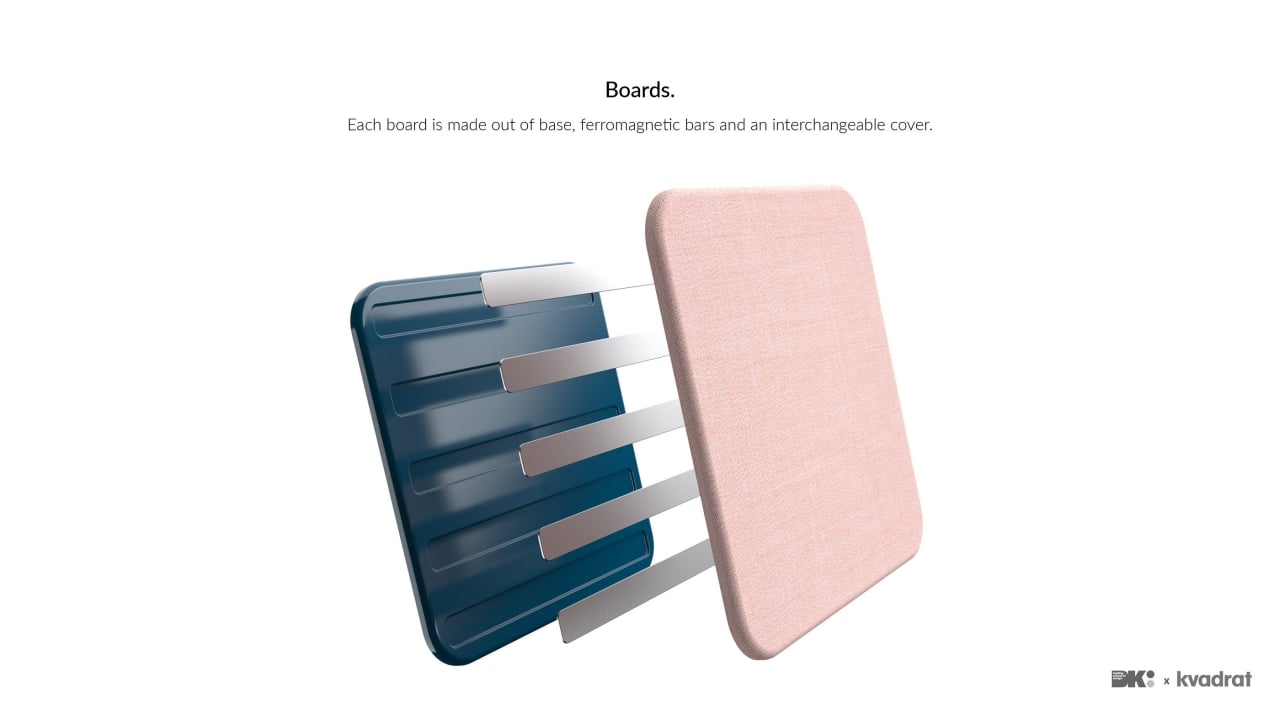
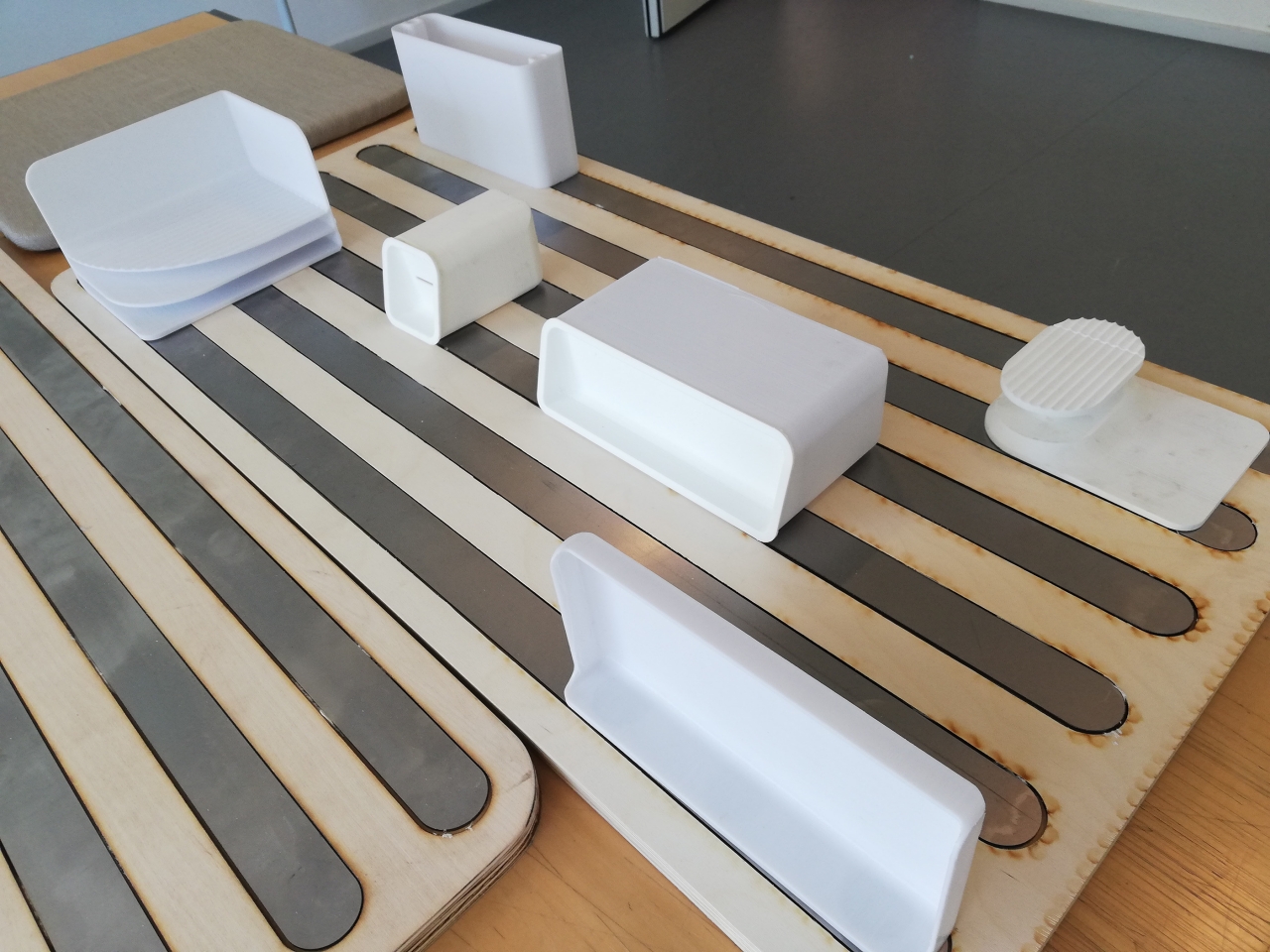
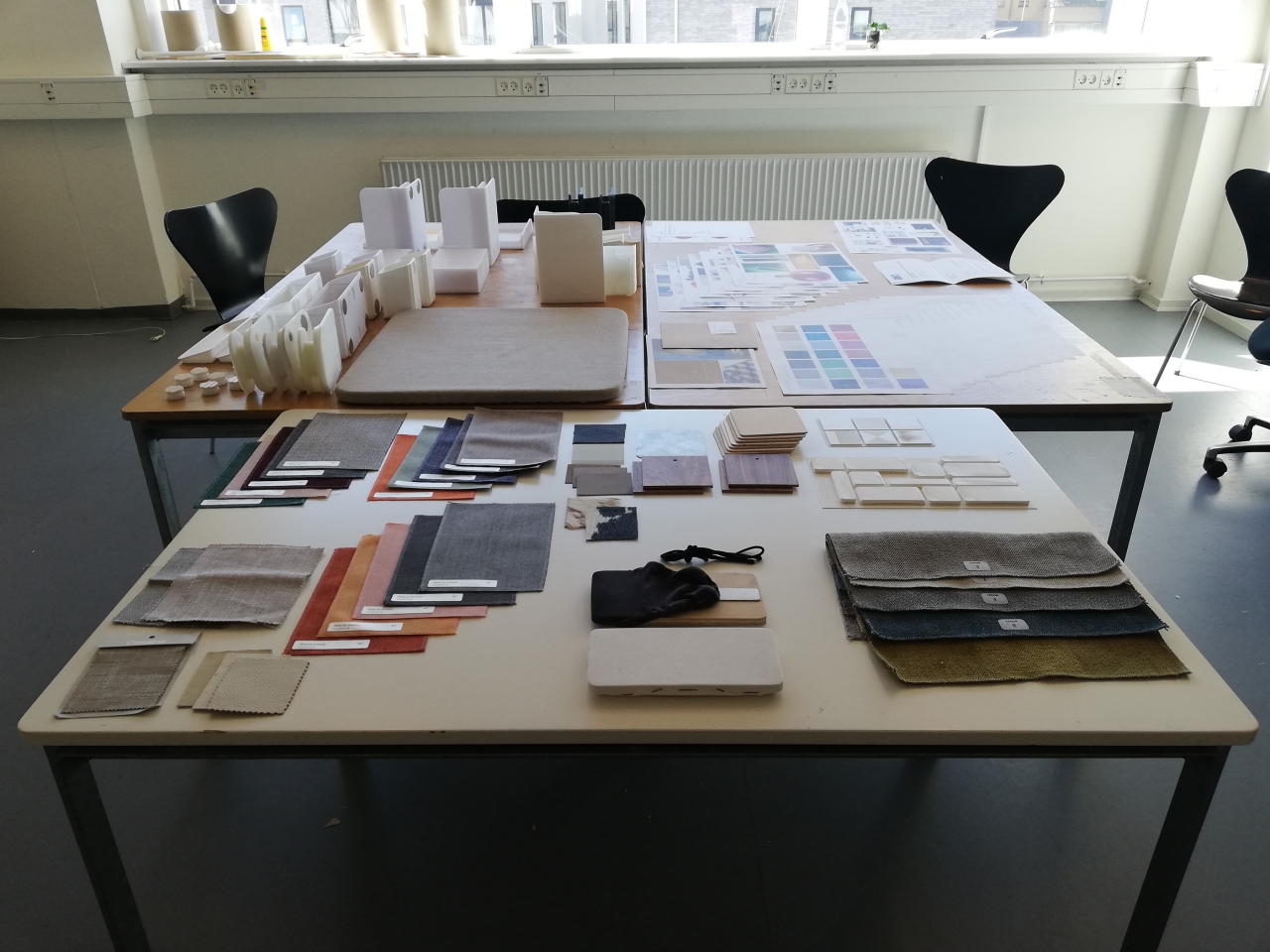
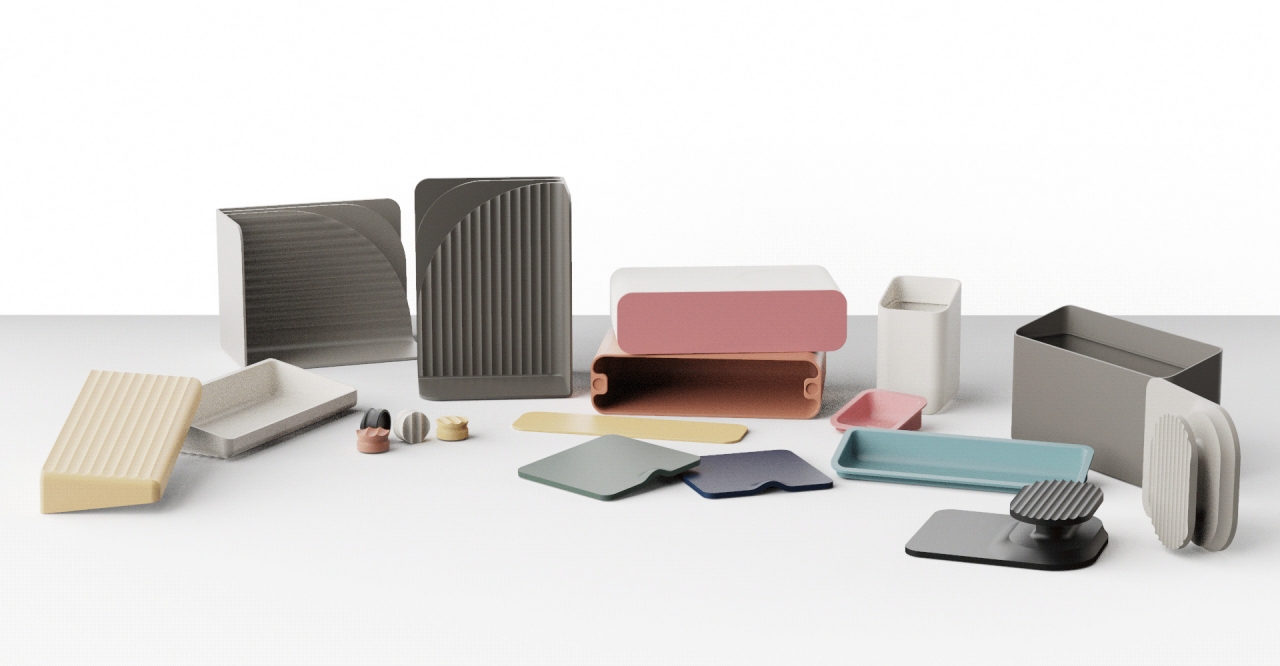
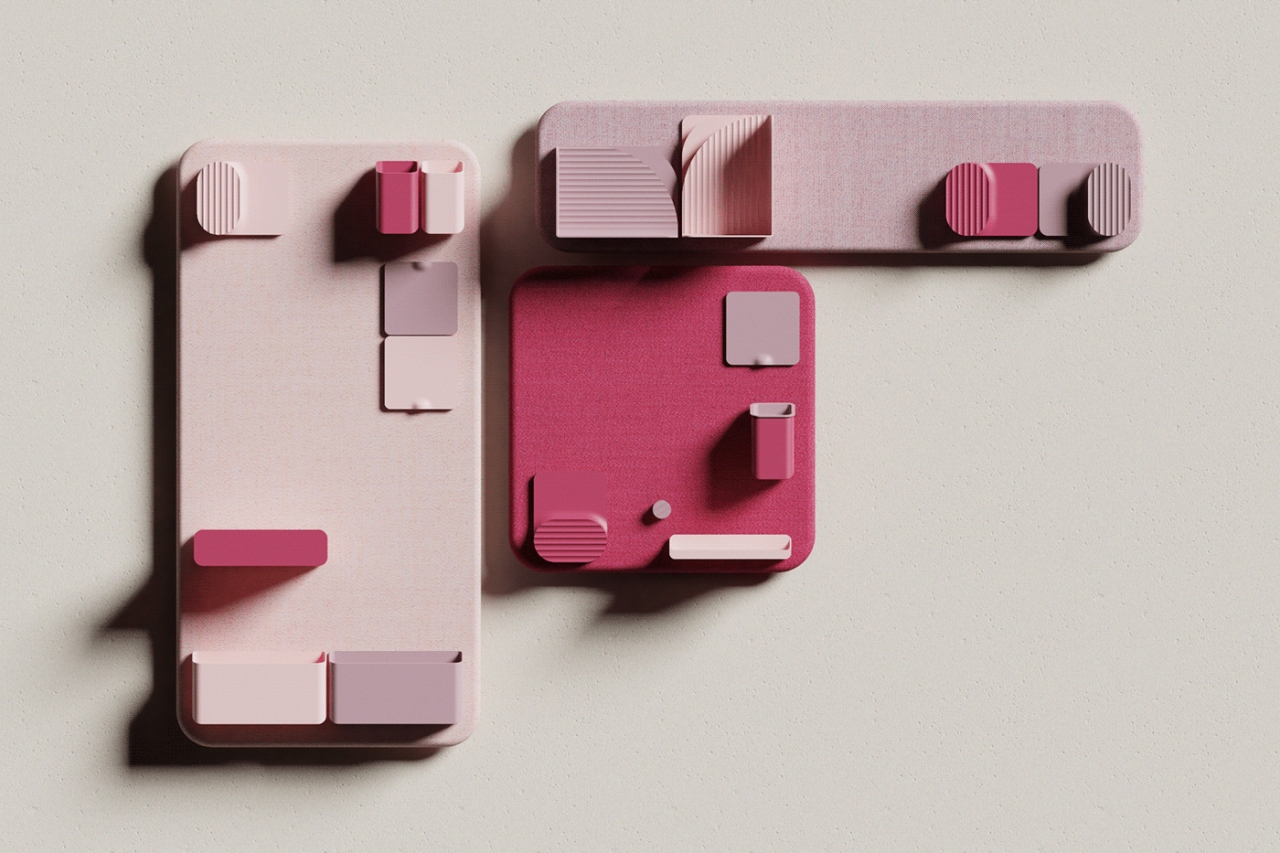
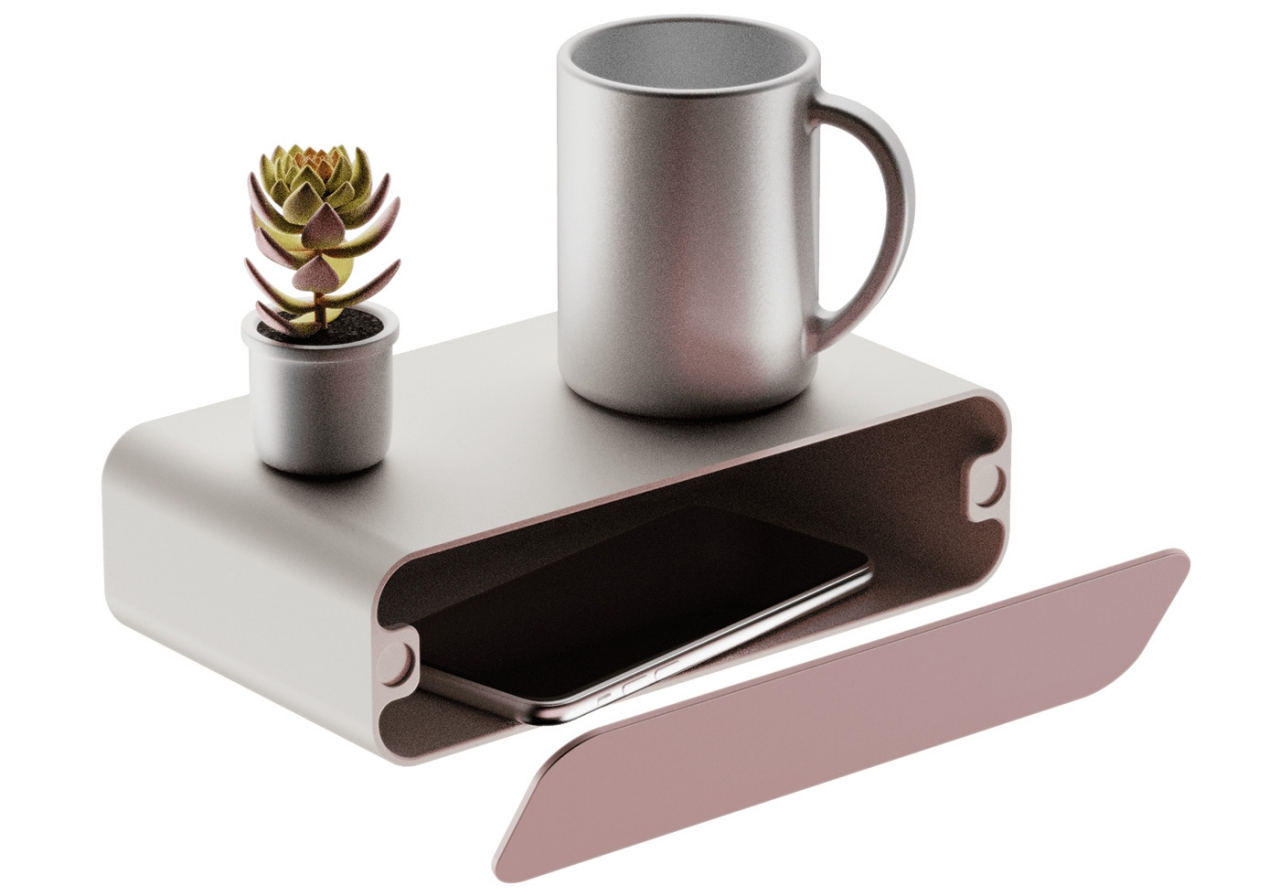
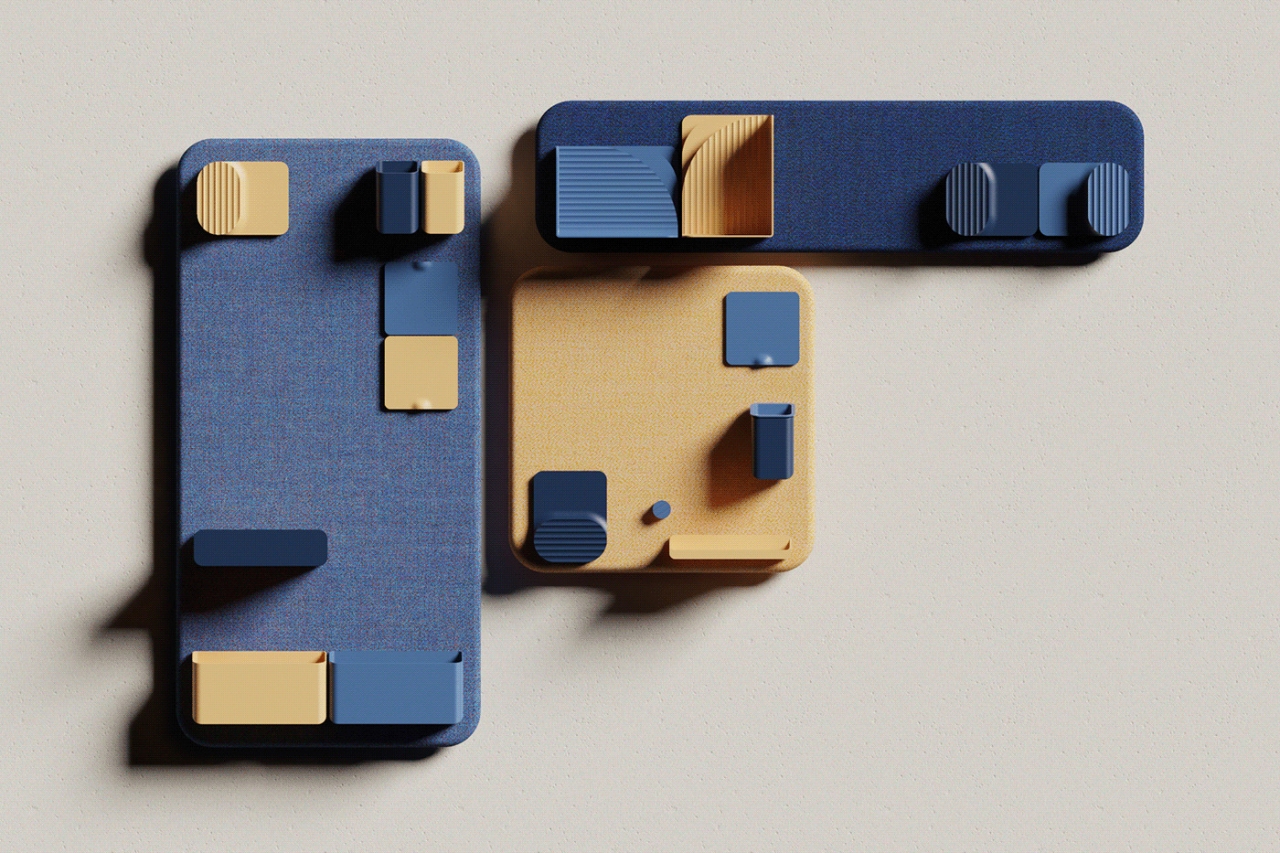
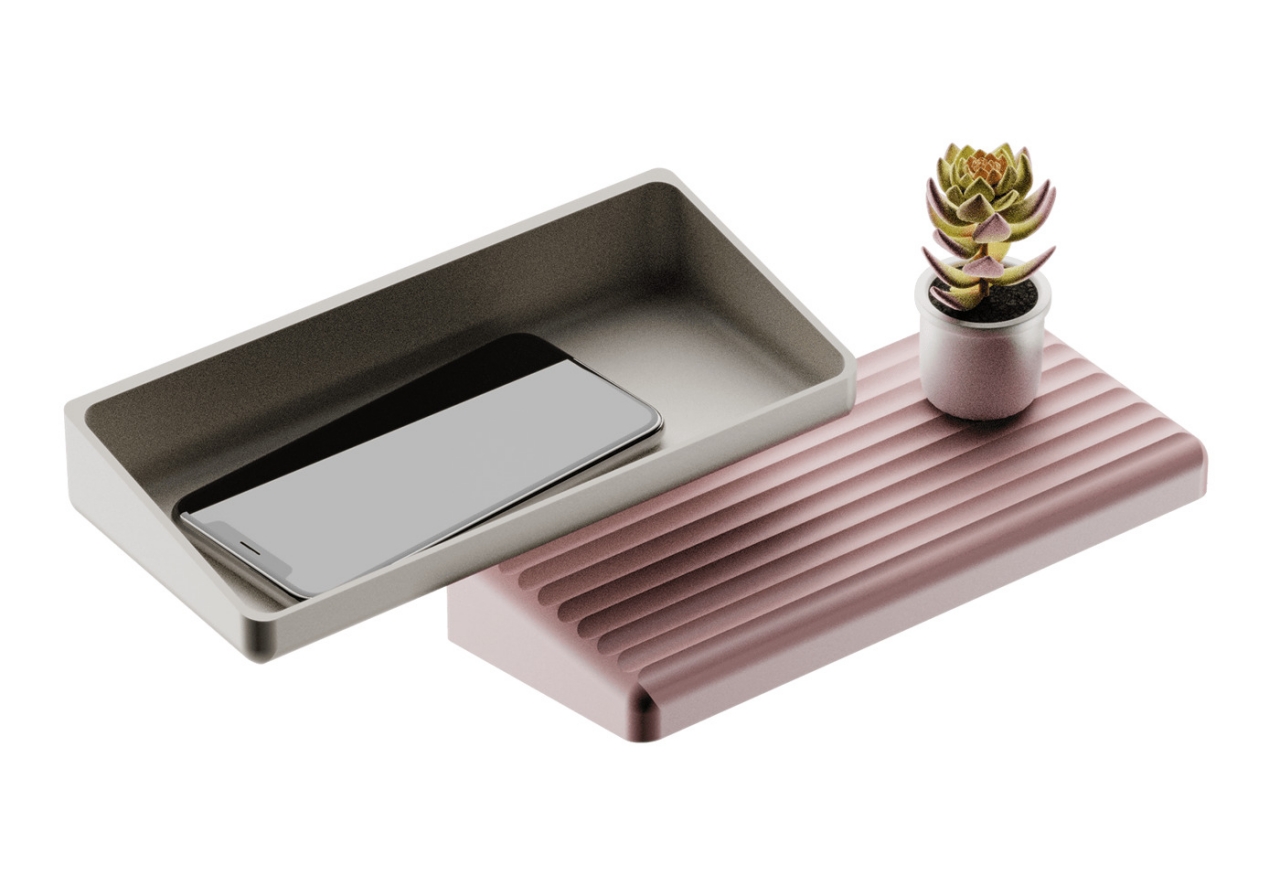
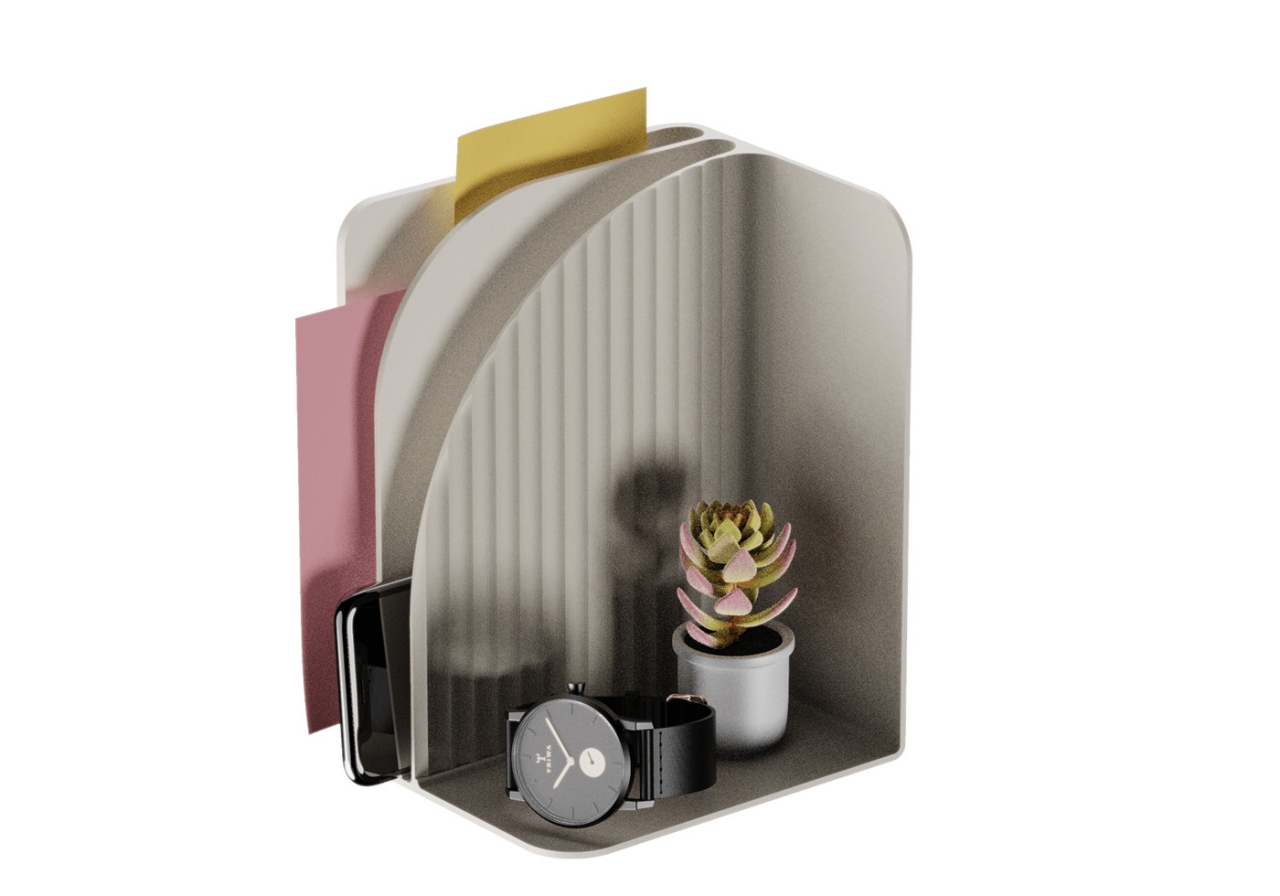
 feature allows the individual LED panels to identify the shape and layout of your design, and enables them to work in tandem with each other, behaving as a singular lighting unit. Once connected, you an use the panels as mere ambient lights, although they’re capable of much more. The smart LED panels work via touch, and can instantly be transformed into an interactive installation that changes hues when you touch any of the panels. Alternatively, they can connect to your smart speaker and change colors to the rhythm of the music you play, or better still, connect them to a television and activate the Match mode to make them light up with hues from your screen, turning your wall green when you watch a football match, blue when you watch an ocean documentary, or dynamically shift colors as you watch a movie! Your walls and room will never look dull again! And with 16 million colors to choose from, they definitely shouldn’t!
feature allows the individual LED panels to identify the shape and layout of your design, and enables them to work in tandem with each other, behaving as a singular lighting unit. Once connected, you an use the panels as mere ambient lights, although they’re capable of much more. The smart LED panels work via touch, and can instantly be transformed into an interactive installation that changes hues when you touch any of the panels. Alternatively, they can connect to your smart speaker and change colors to the rhythm of the music you play, or better still, connect them to a television and activate the Match mode to make them light up with hues from your screen, turning your wall green when you watch a football match, blue when you watch an ocean documentary, or dynamically shift colors as you watch a movie! Your walls and room will never look dull again! And with 16 million colors to choose from, they definitely shouldn’t!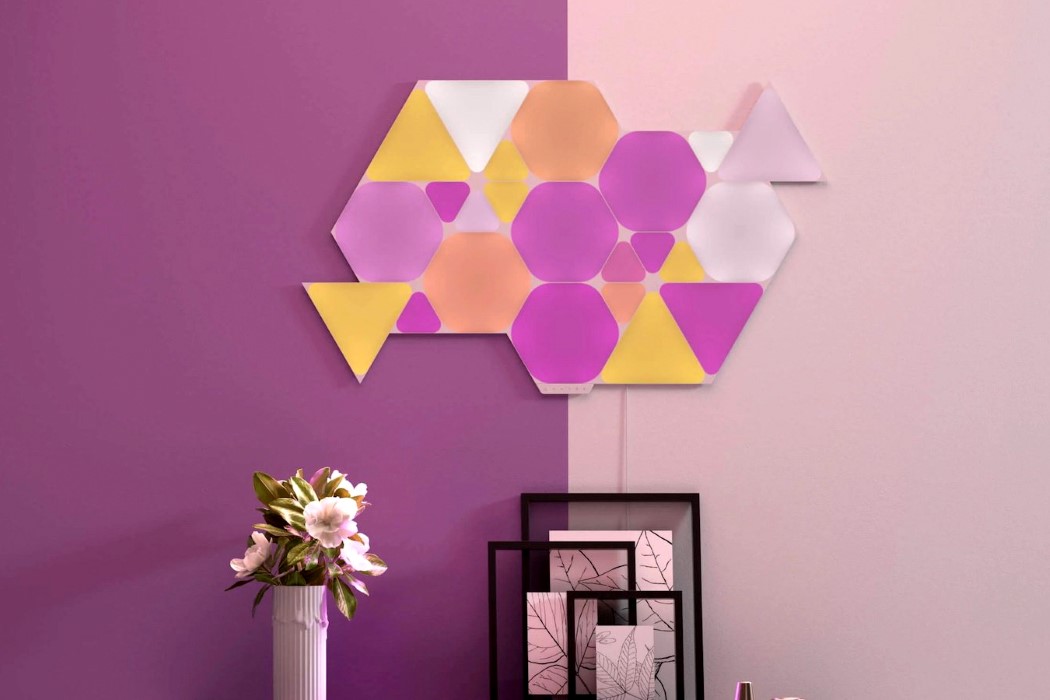
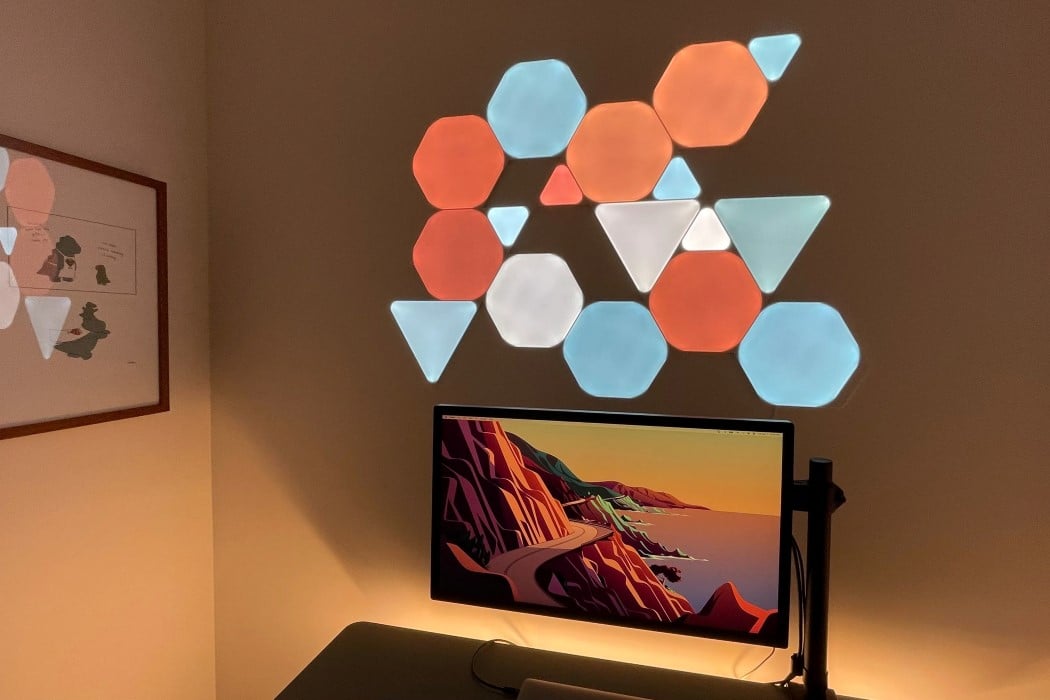
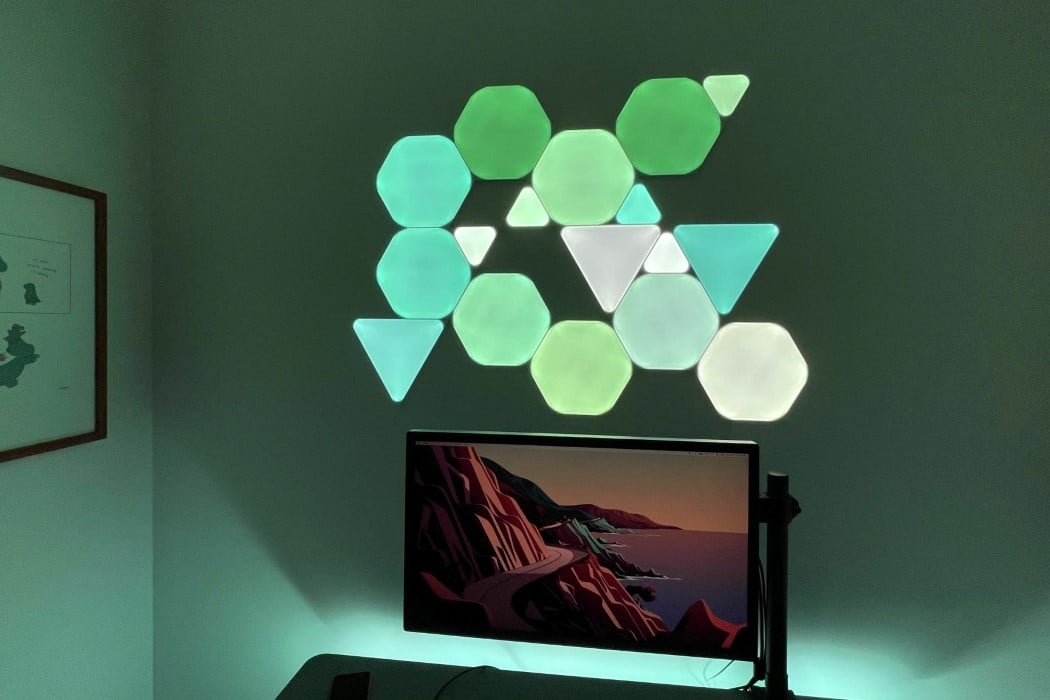
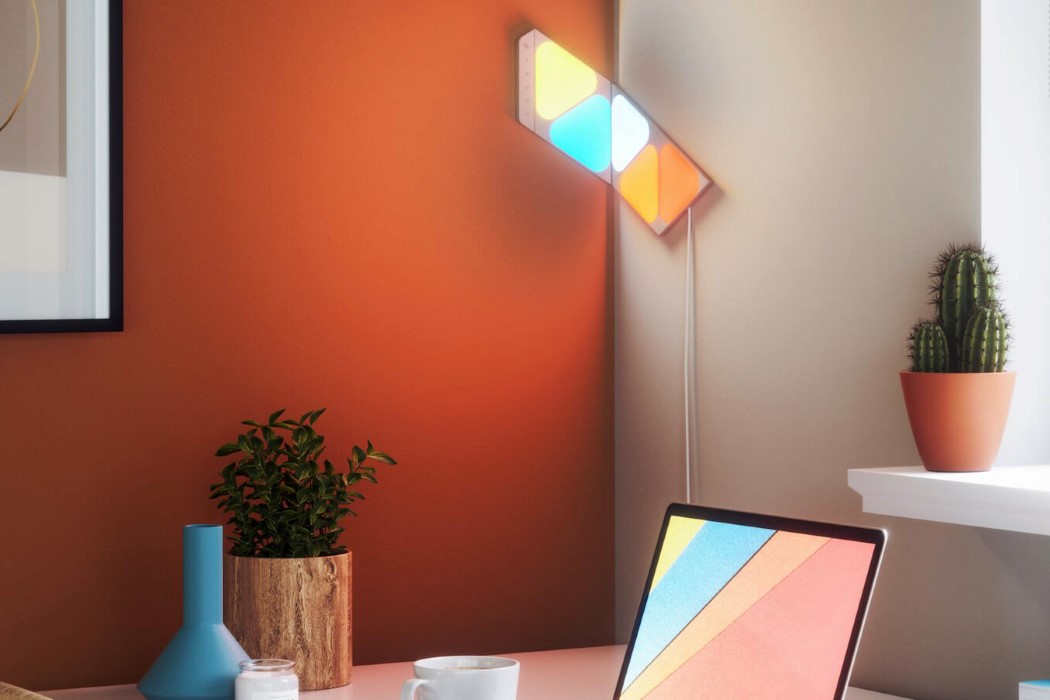
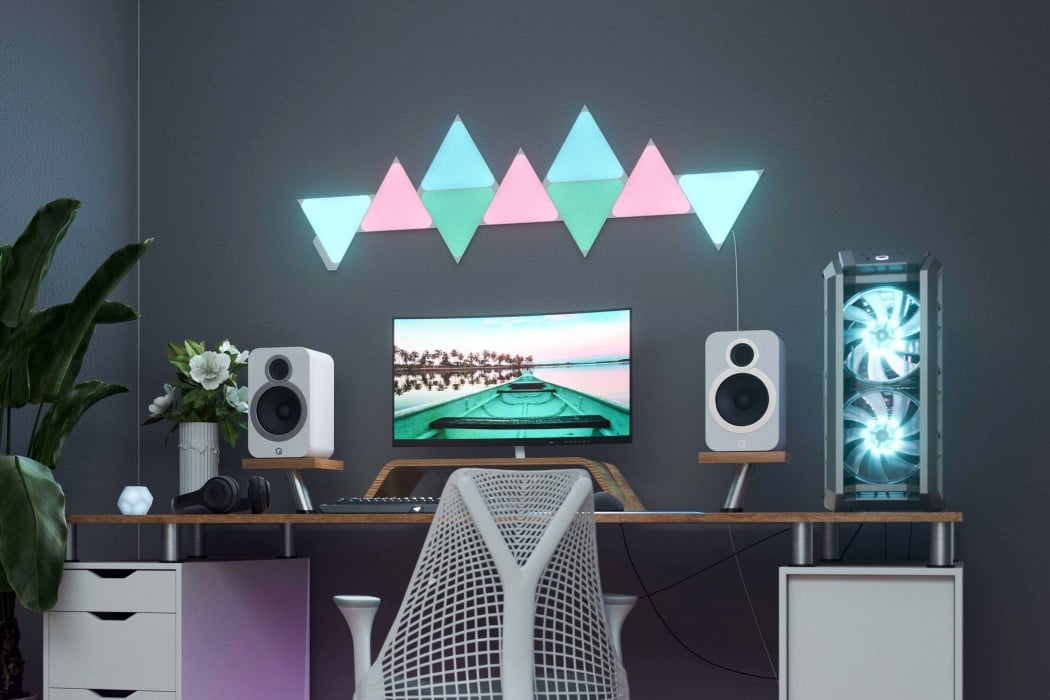
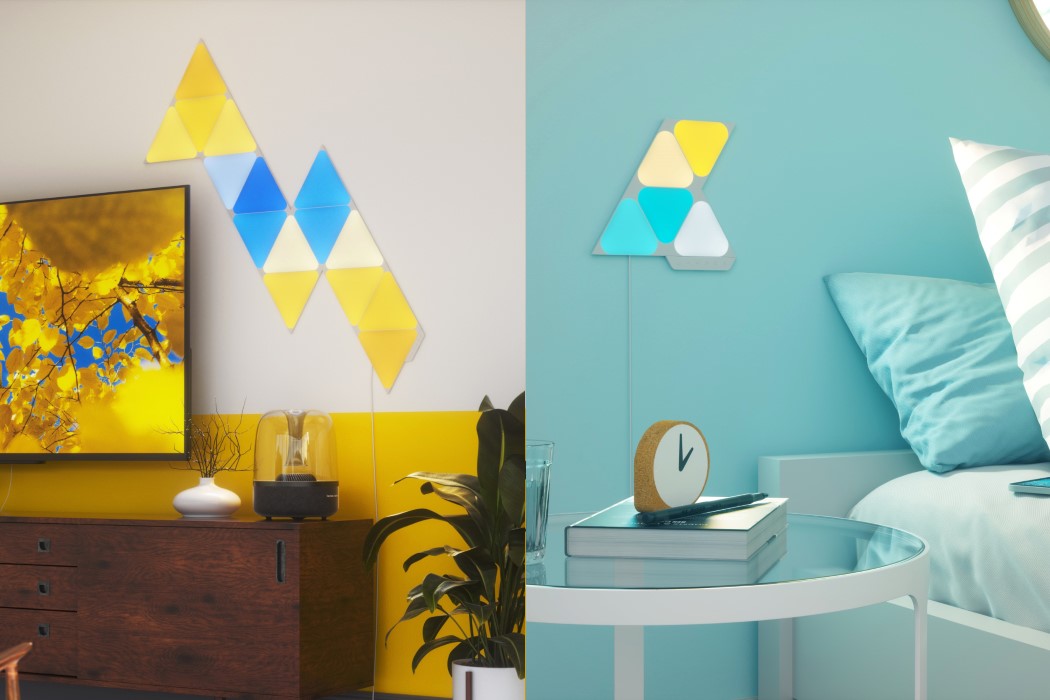
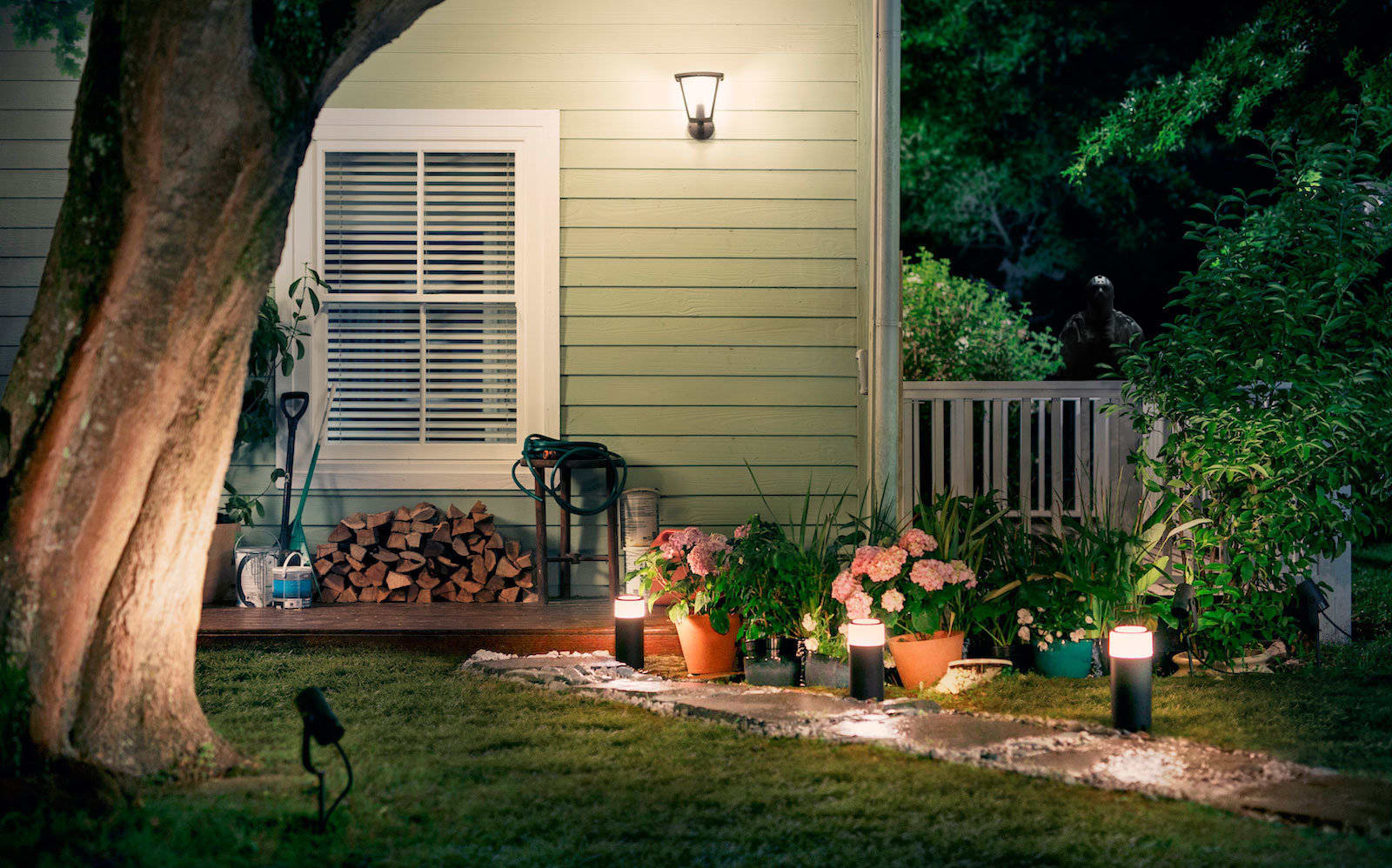 The Philips Hue smart lightbulb lineup already includes some outdoor lighting, but rumor has it that Philips will introduce more outdoor options, likely at CES. According to a leaked product catalog, found by Hueblog.de, Philips Hue is planning a pre...
The Philips Hue smart lightbulb lineup already includes some outdoor lighting, but rumor has it that Philips will introduce more outdoor options, likely at CES. According to a leaked product catalog, found by Hueblog.de, Philips Hue is planning a pre...
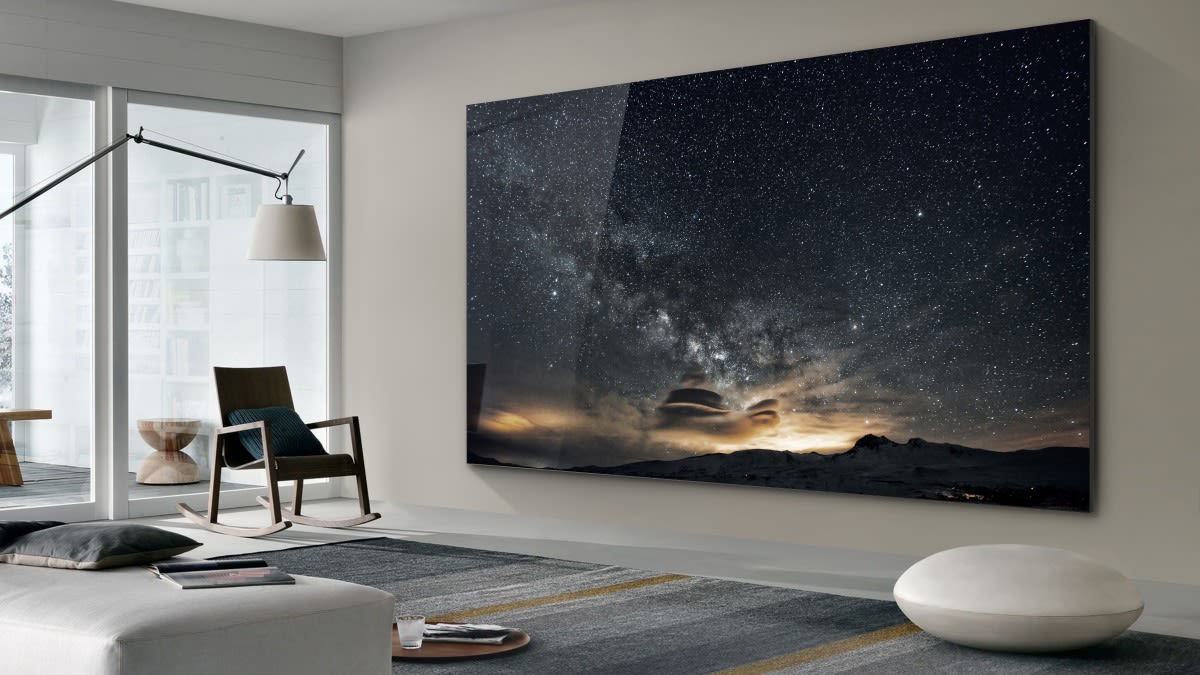 Last year at CES Samsung showed off the modular MicroLED panels that make up its The Wall TV technology. This year it's updated the tech in two directions -- larger and smaller, and apparently even made it see-through? Tonight at an event in Las Vega...
Last year at CES Samsung showed off the modular MicroLED panels that make up its The Wall TV technology. This year it's updated the tech in two directions -- larger and smaller, and apparently even made it see-through? Tonight at an event in Las Vega...
